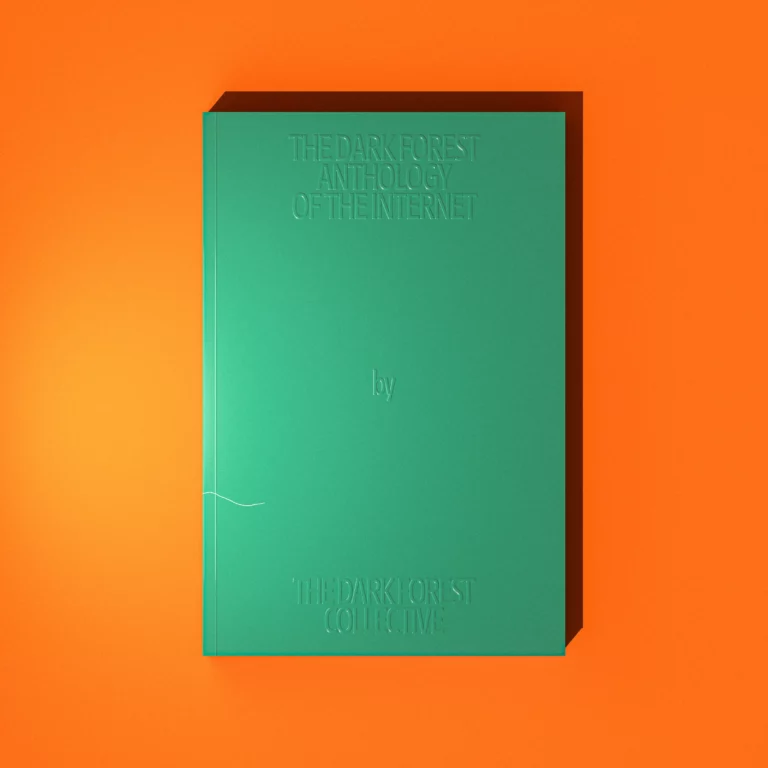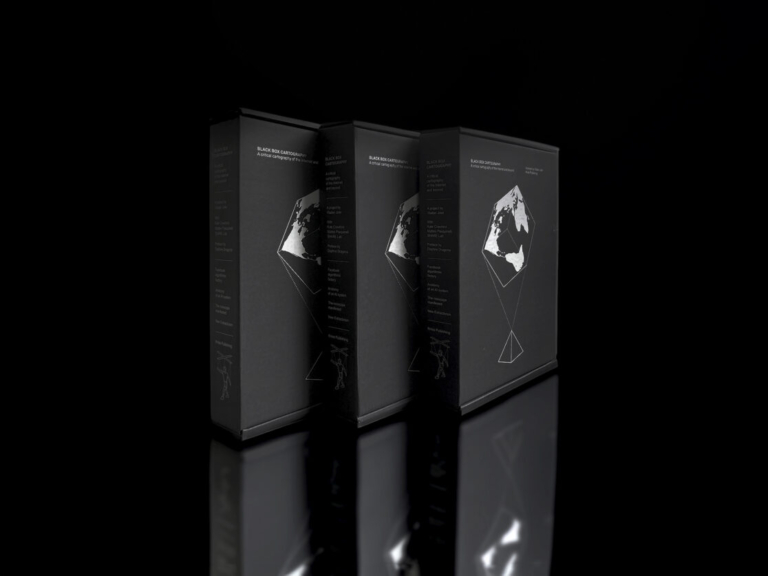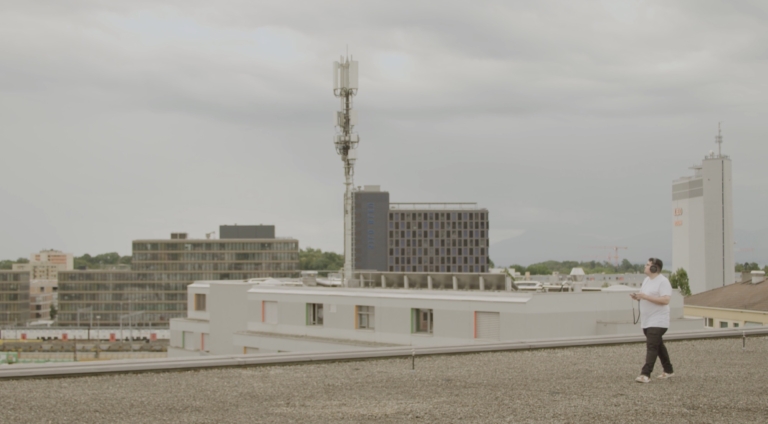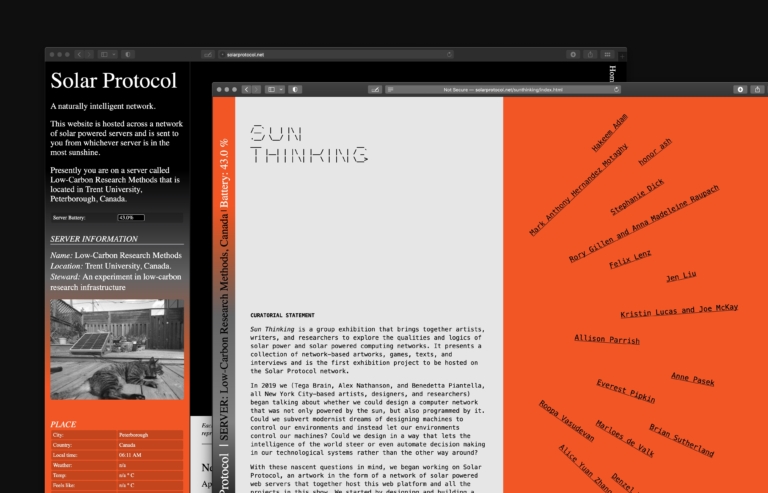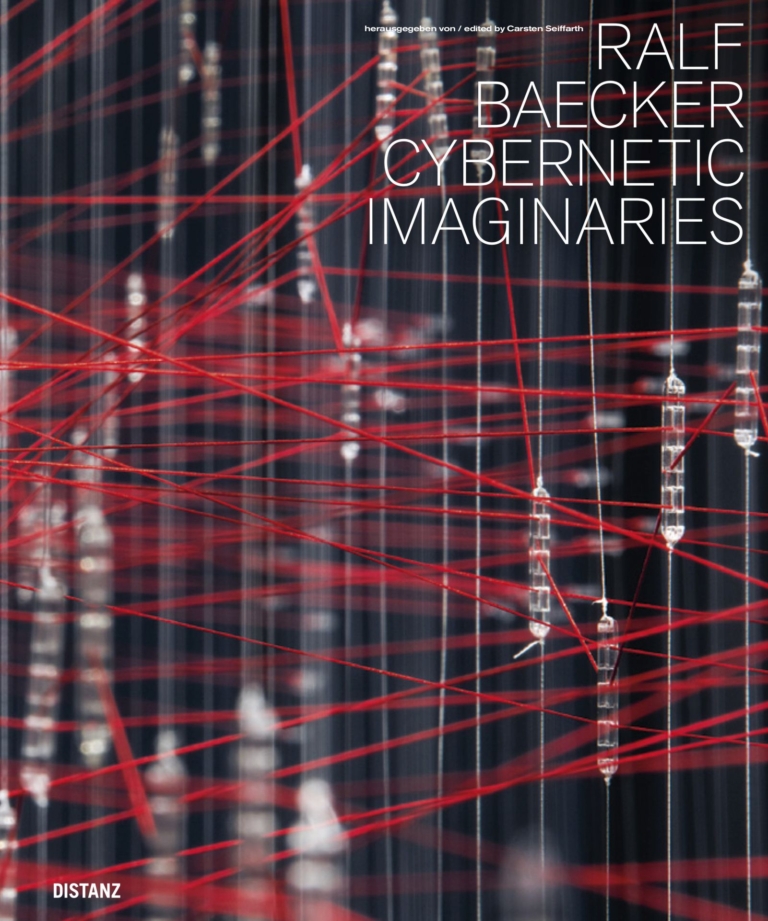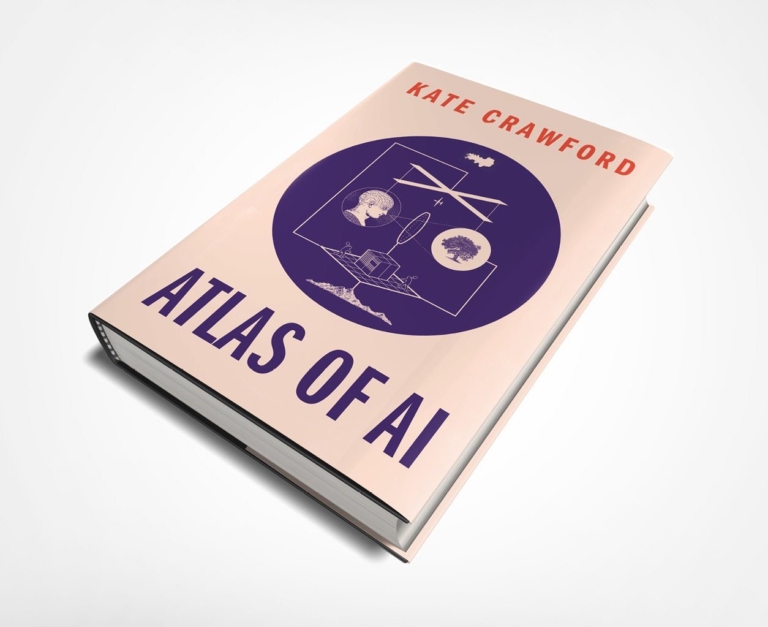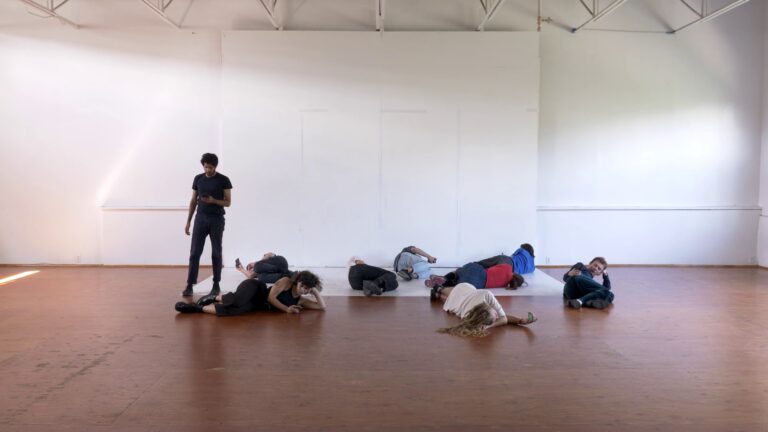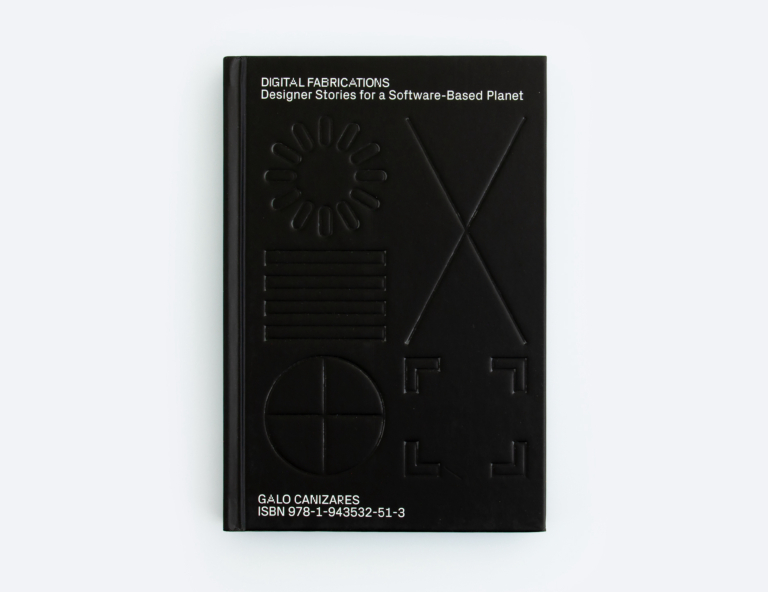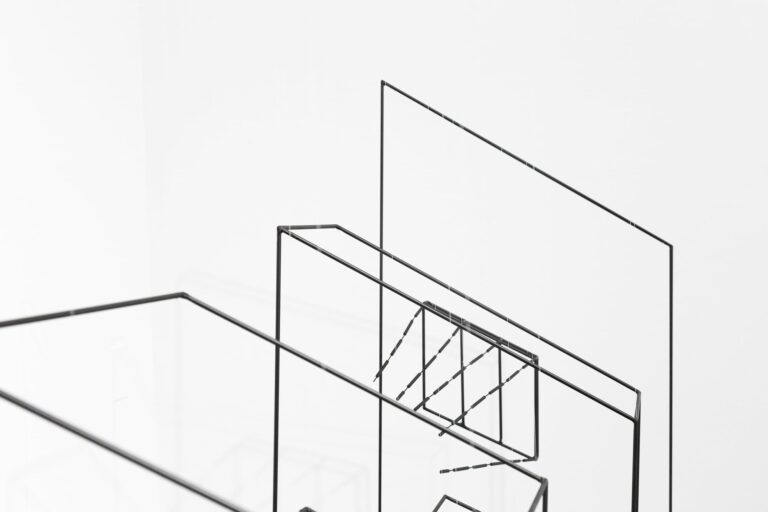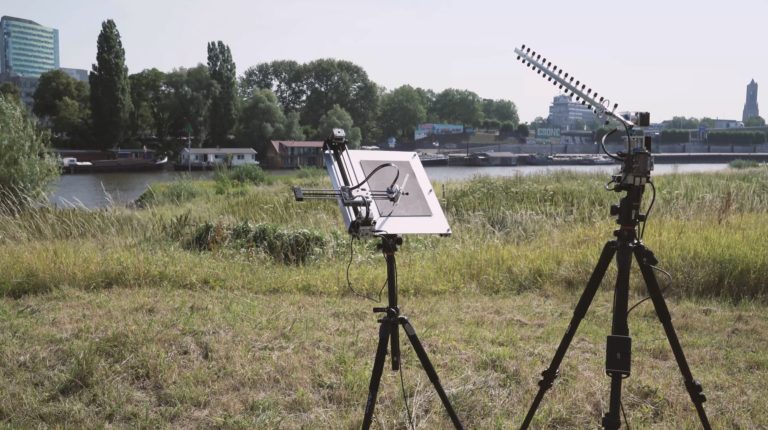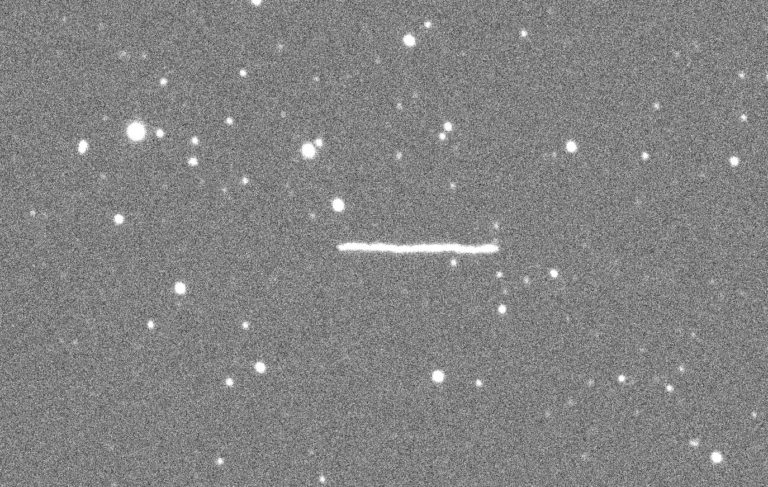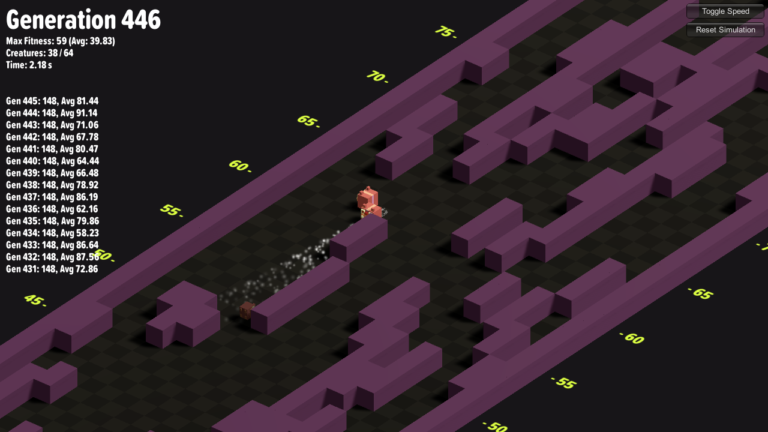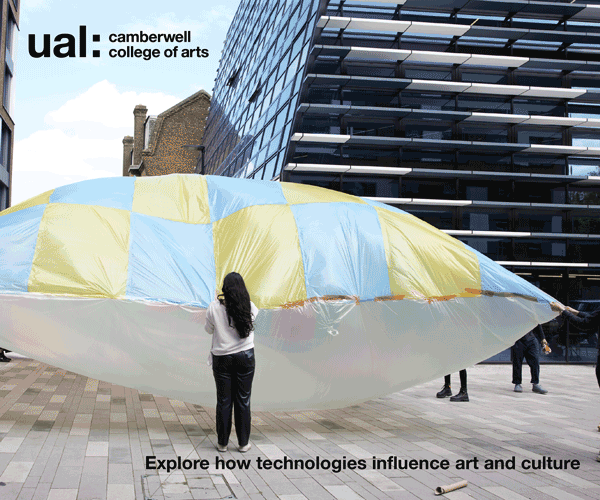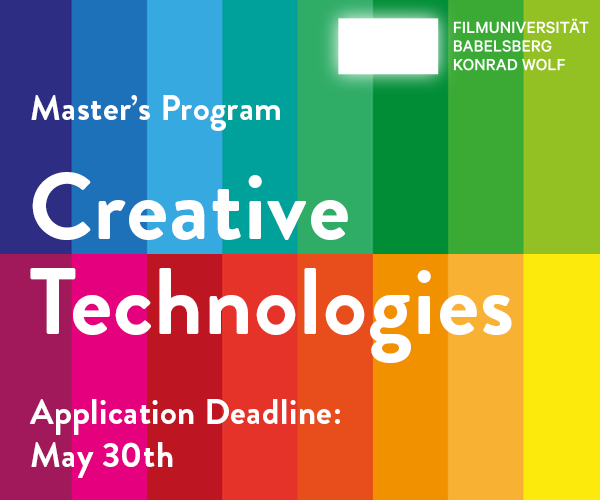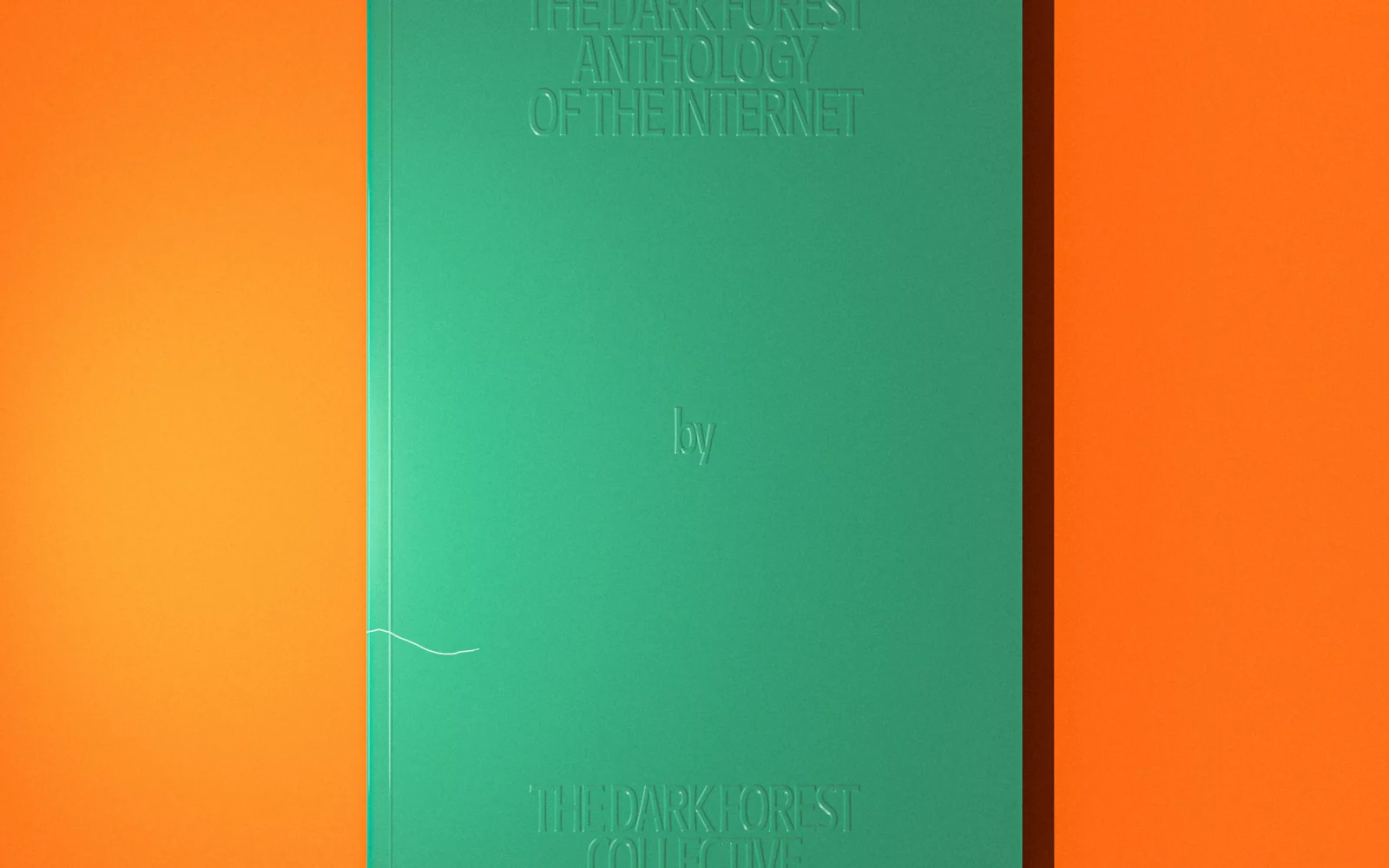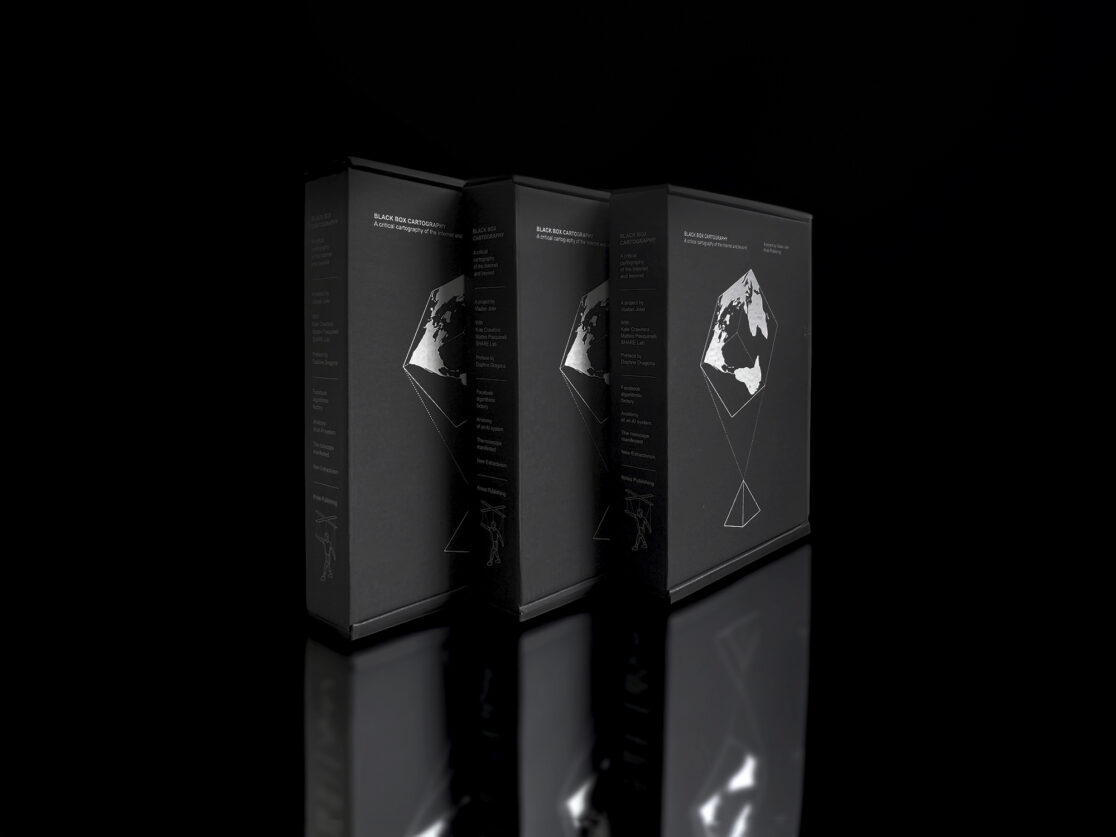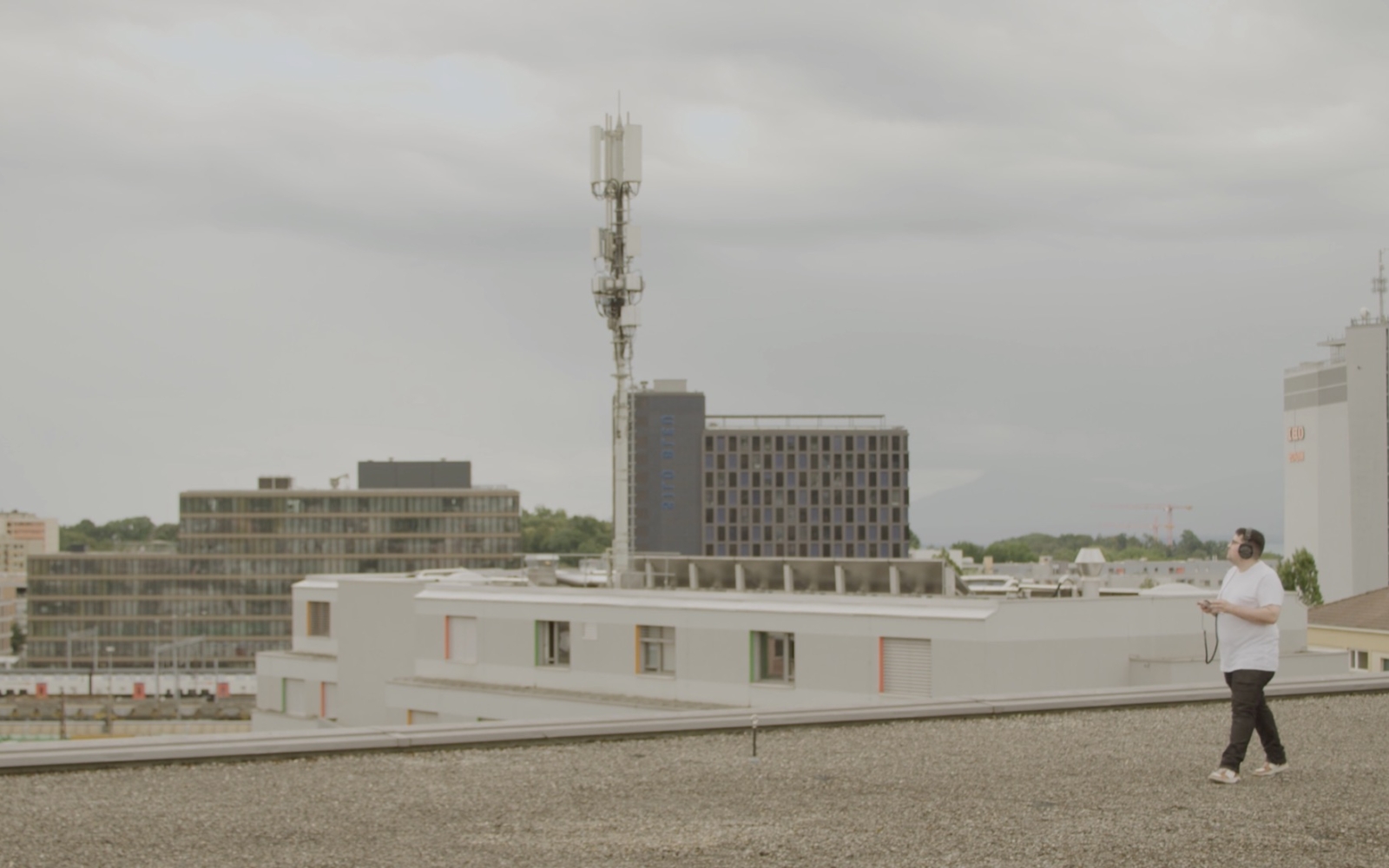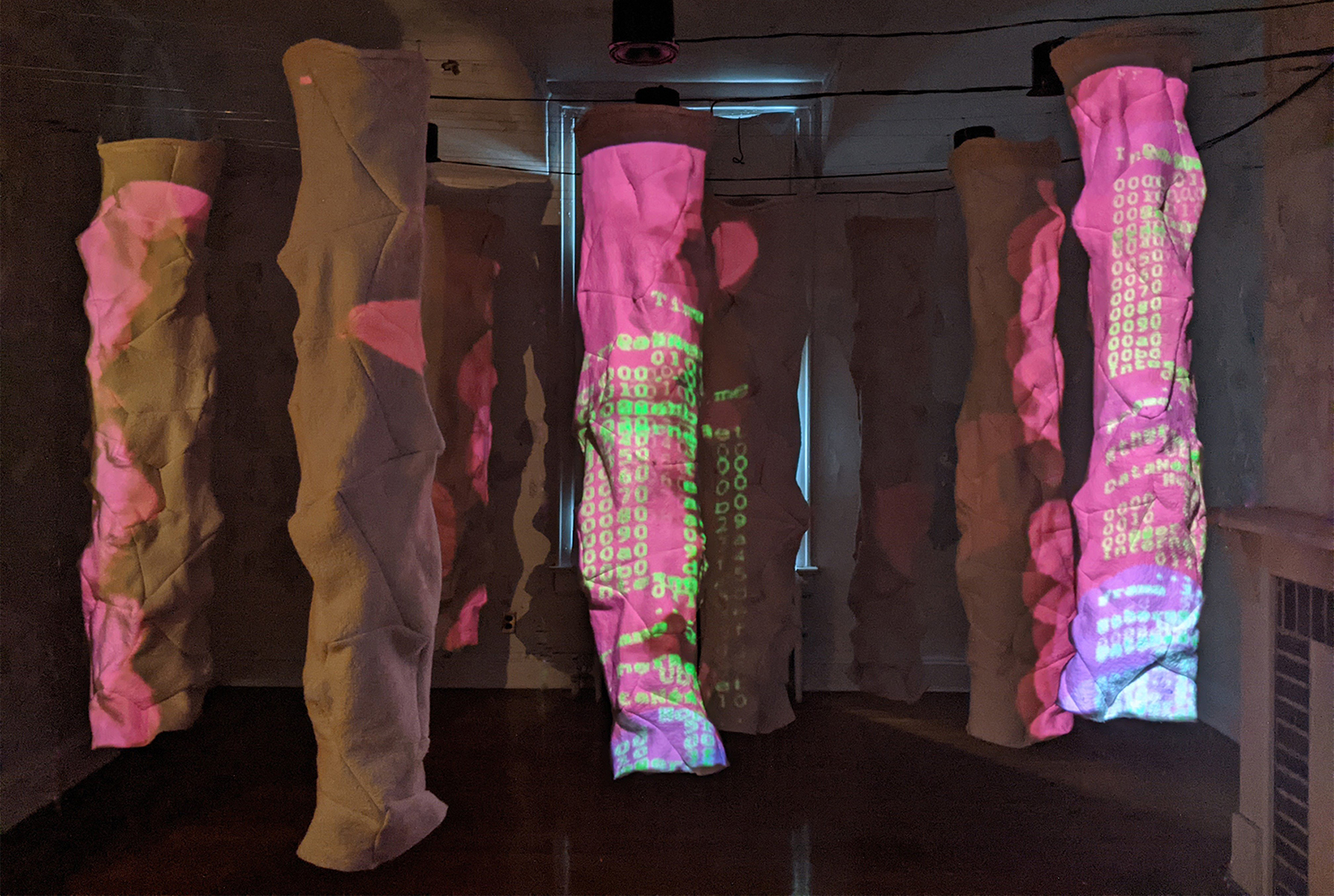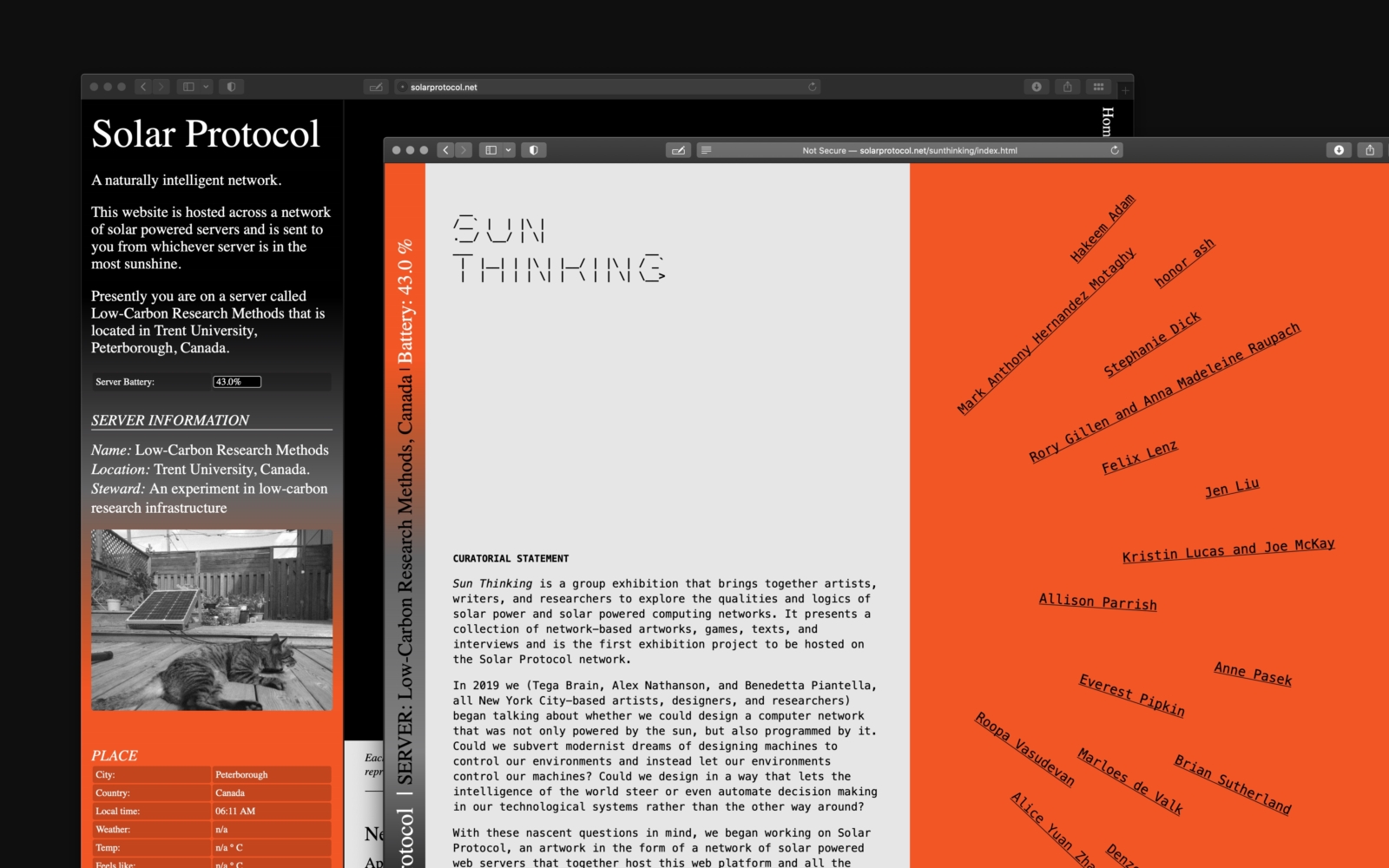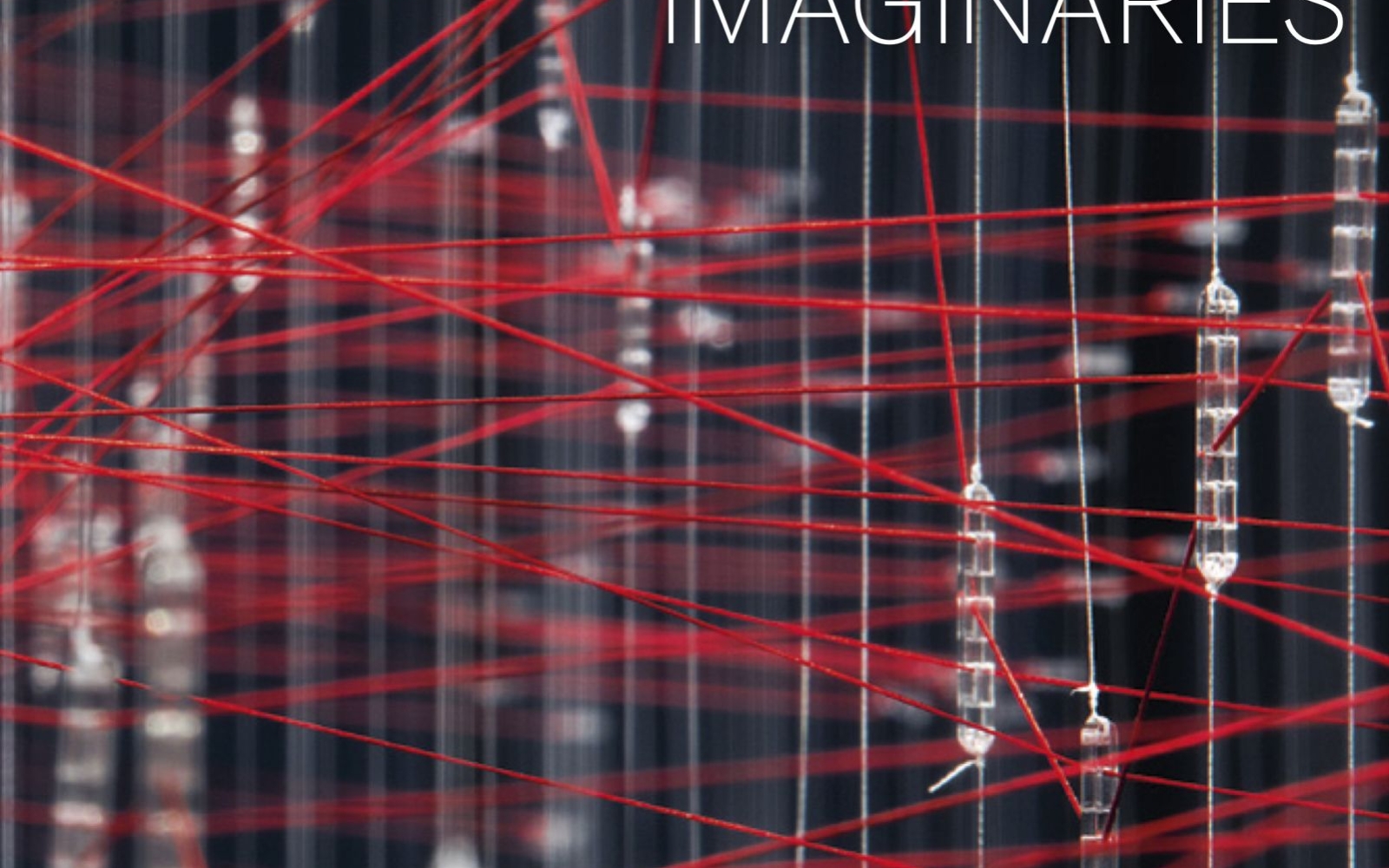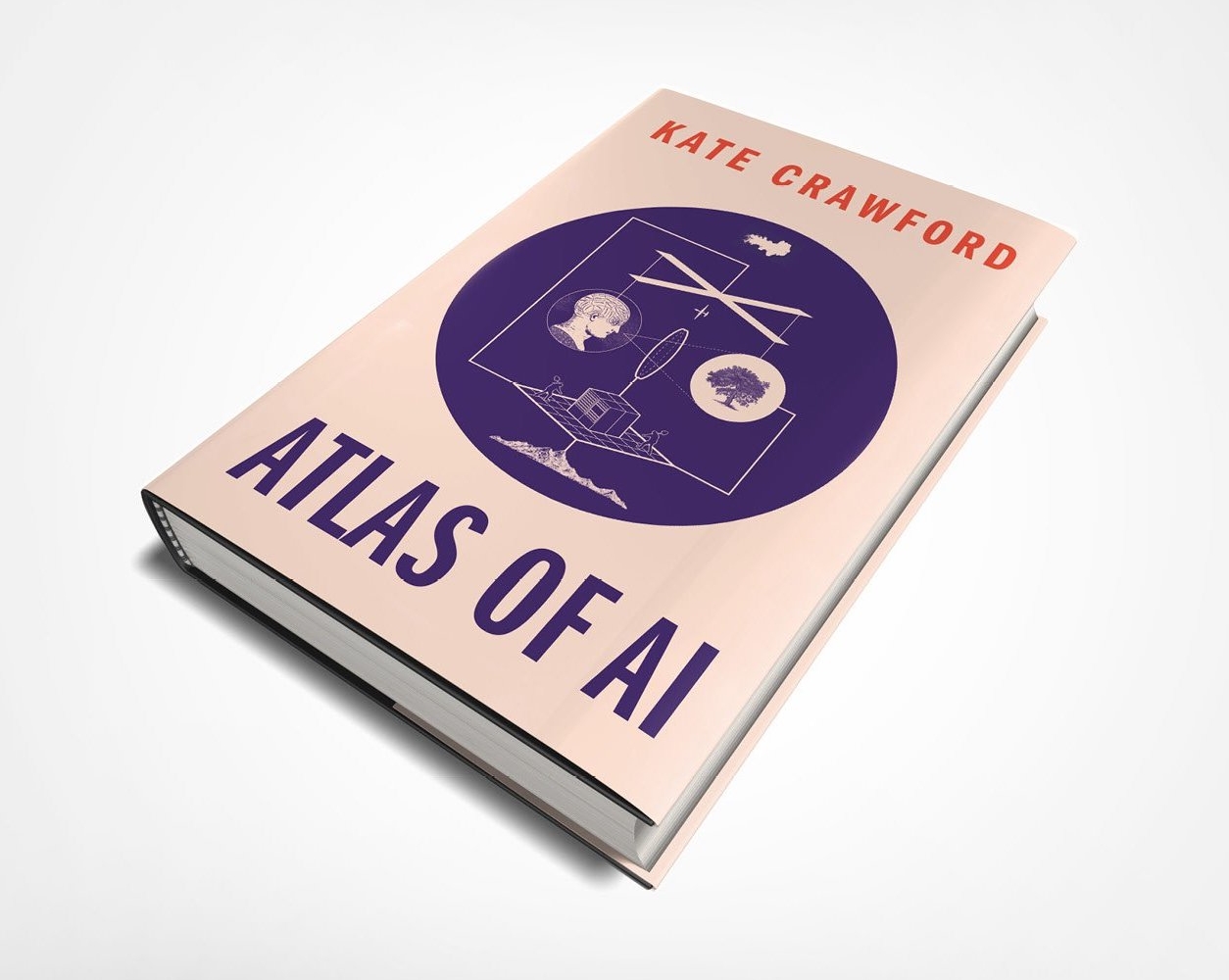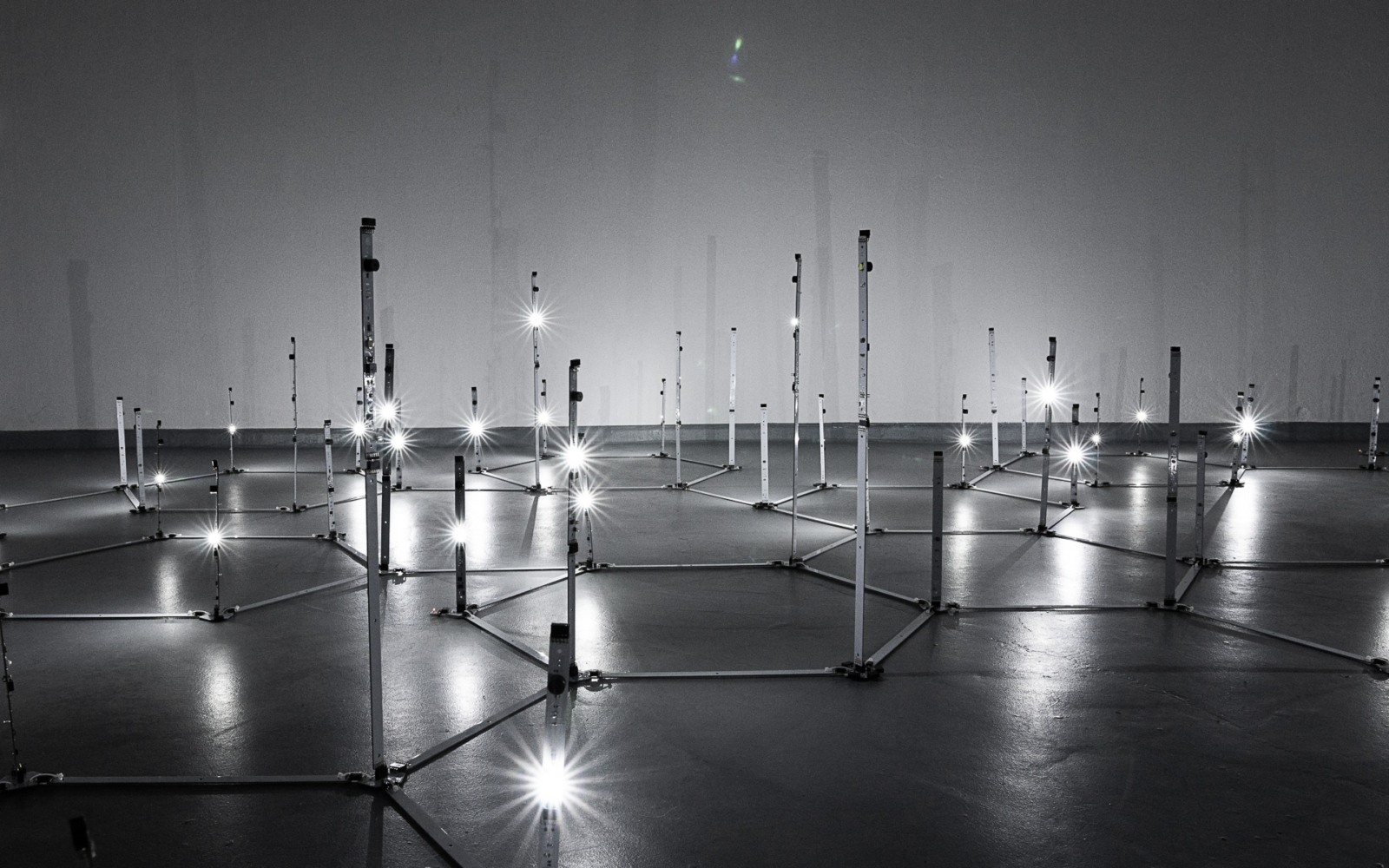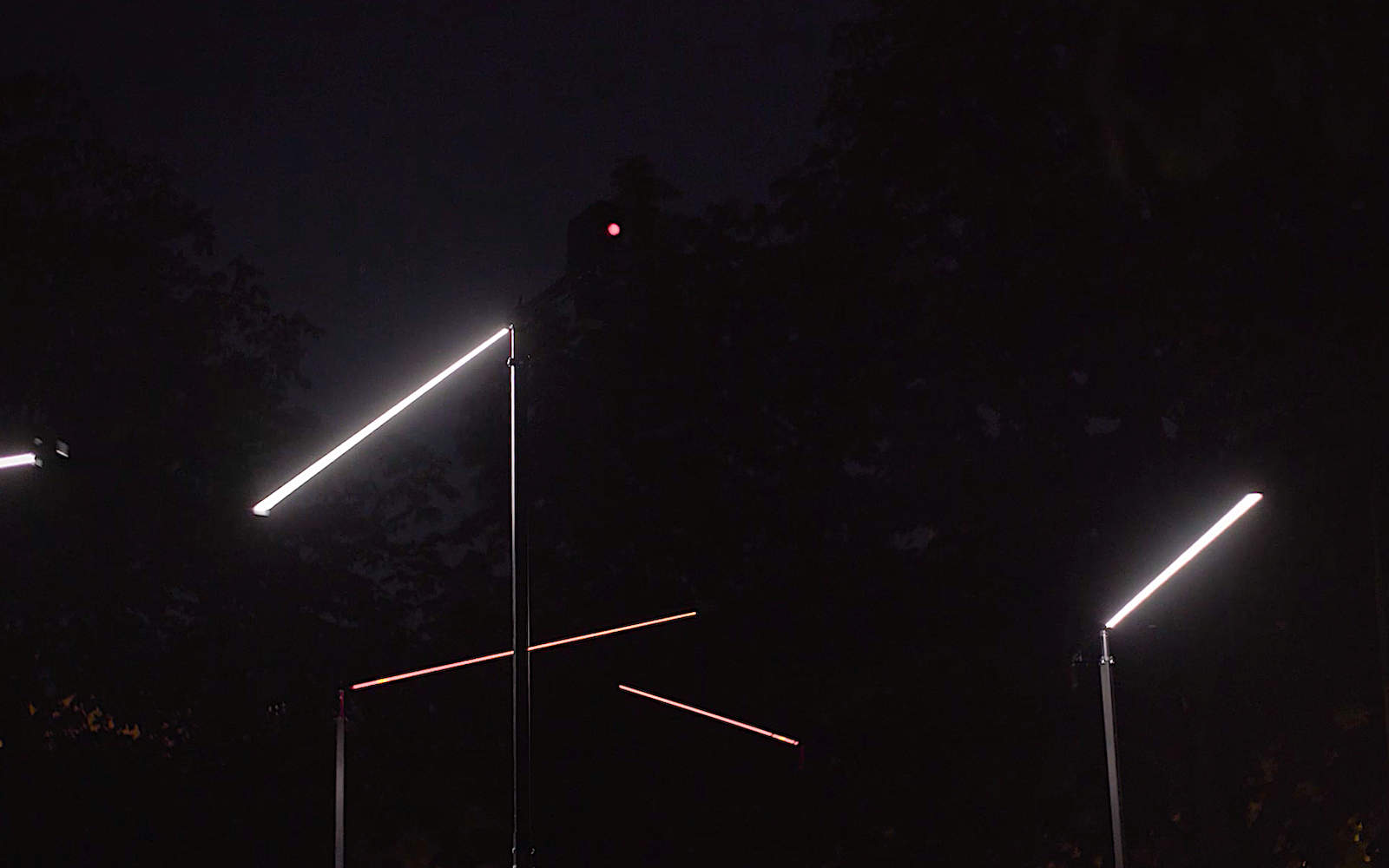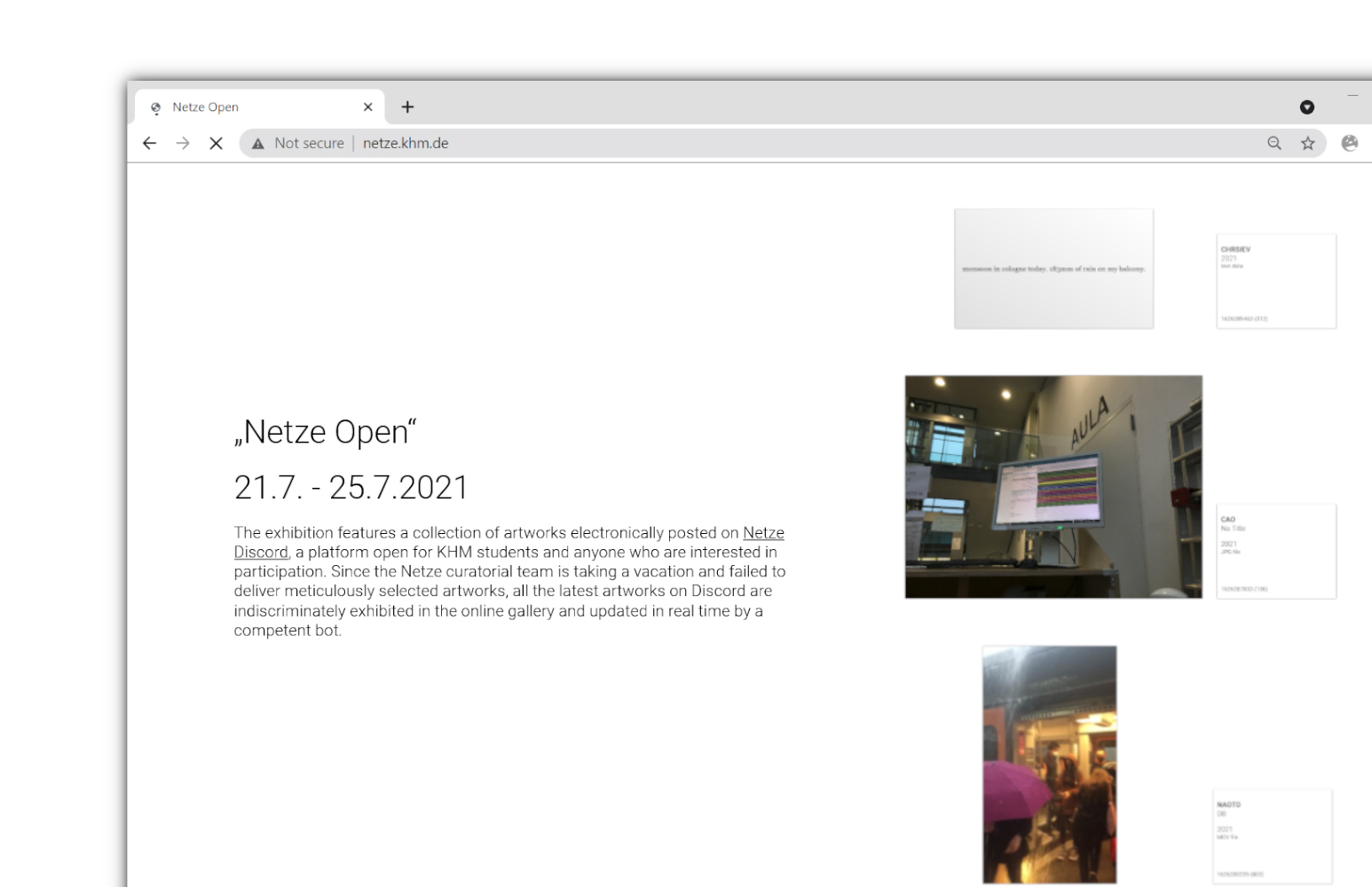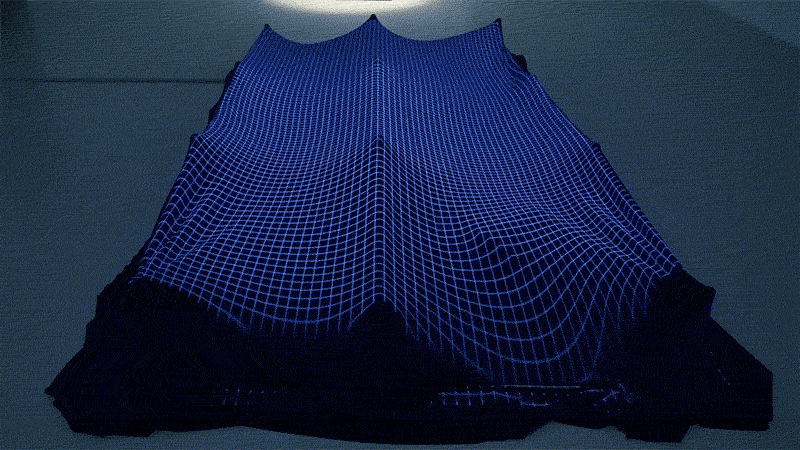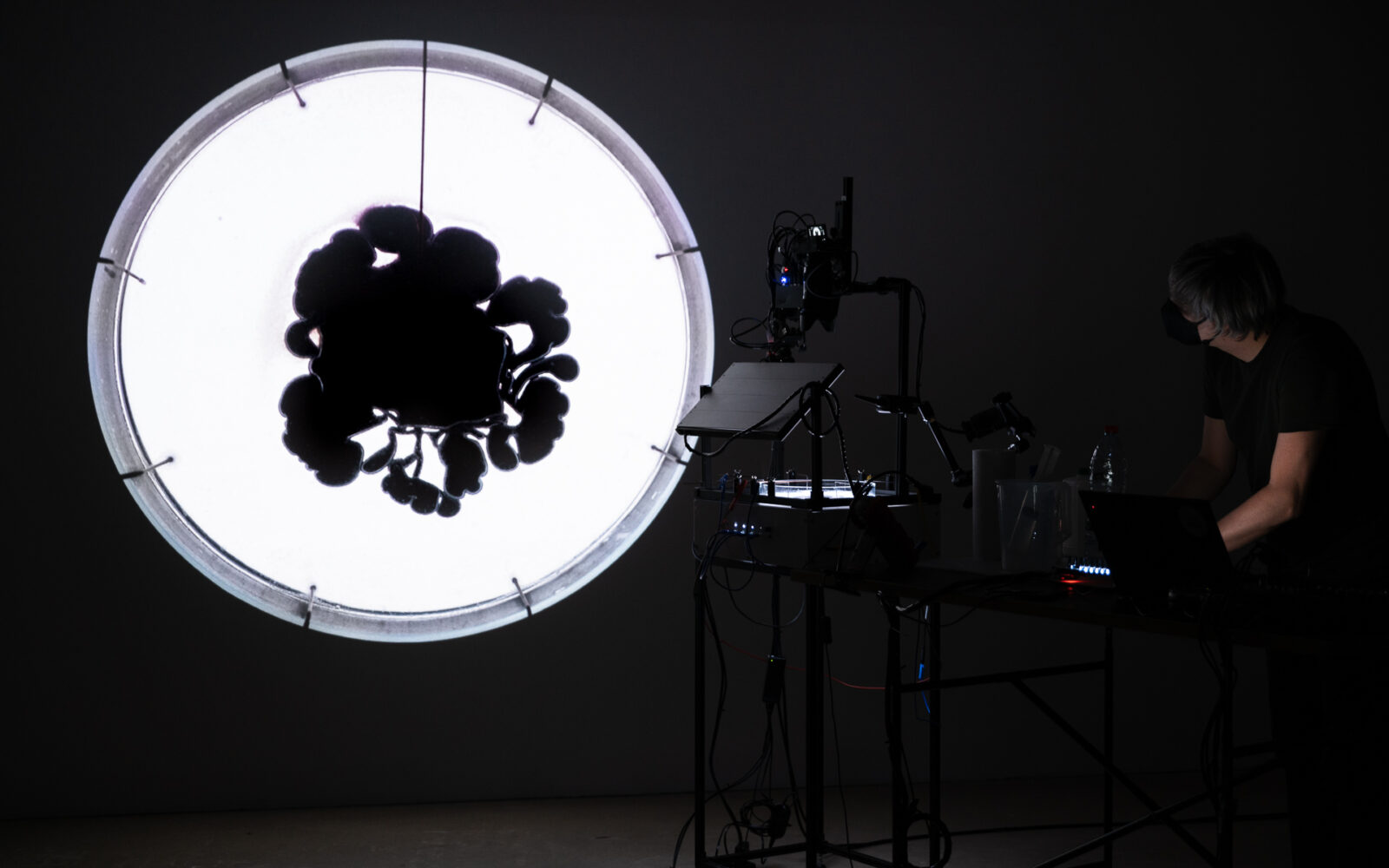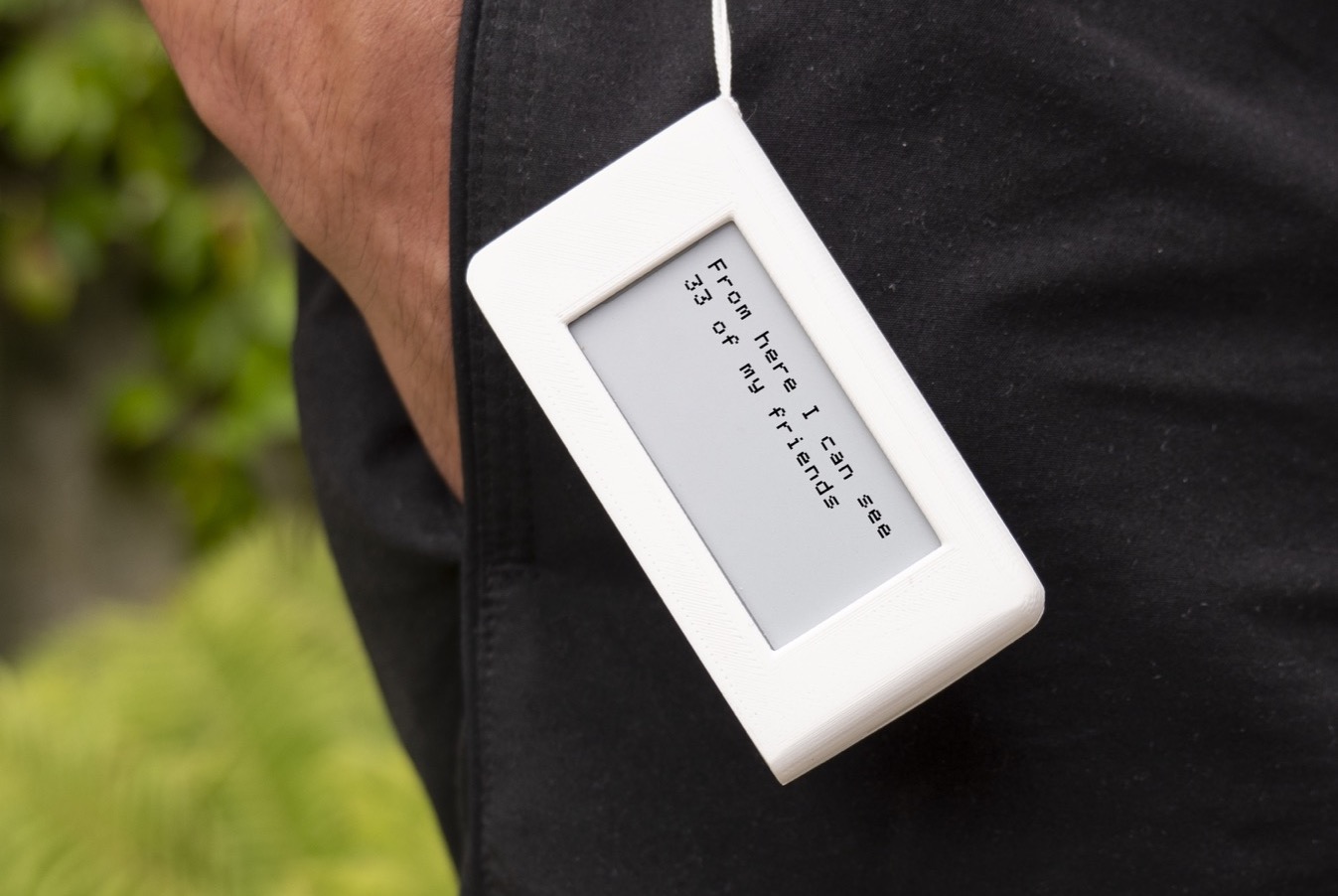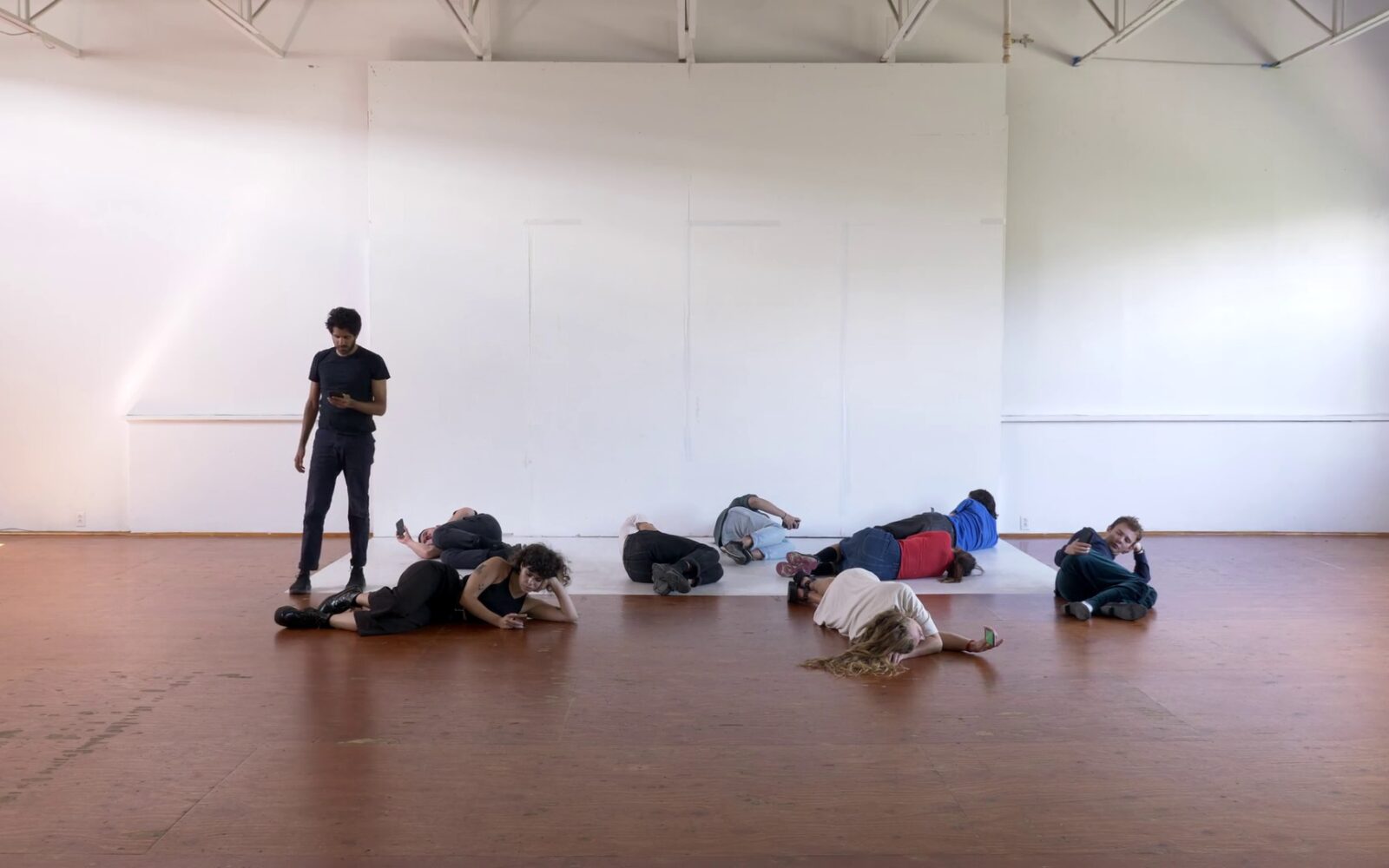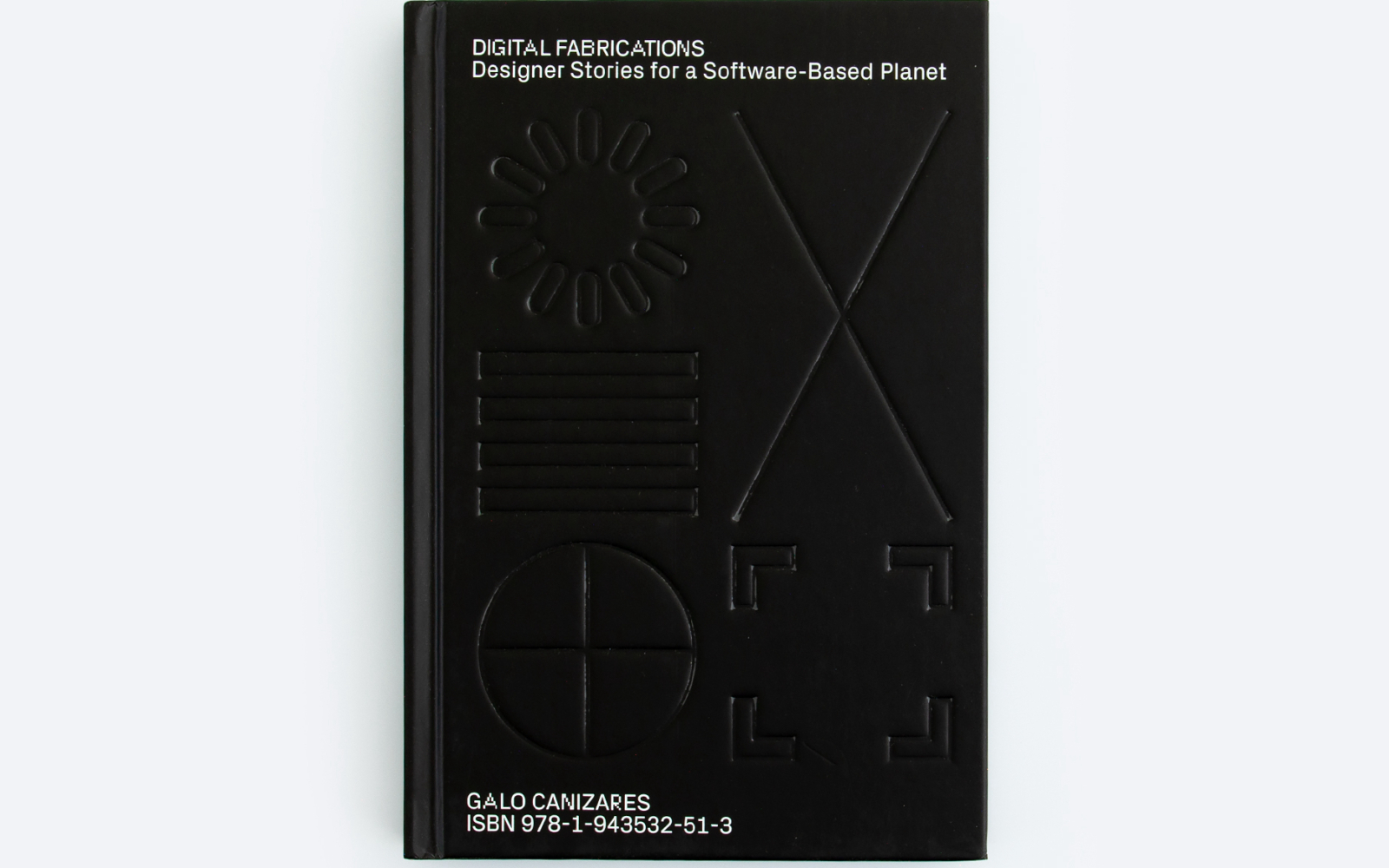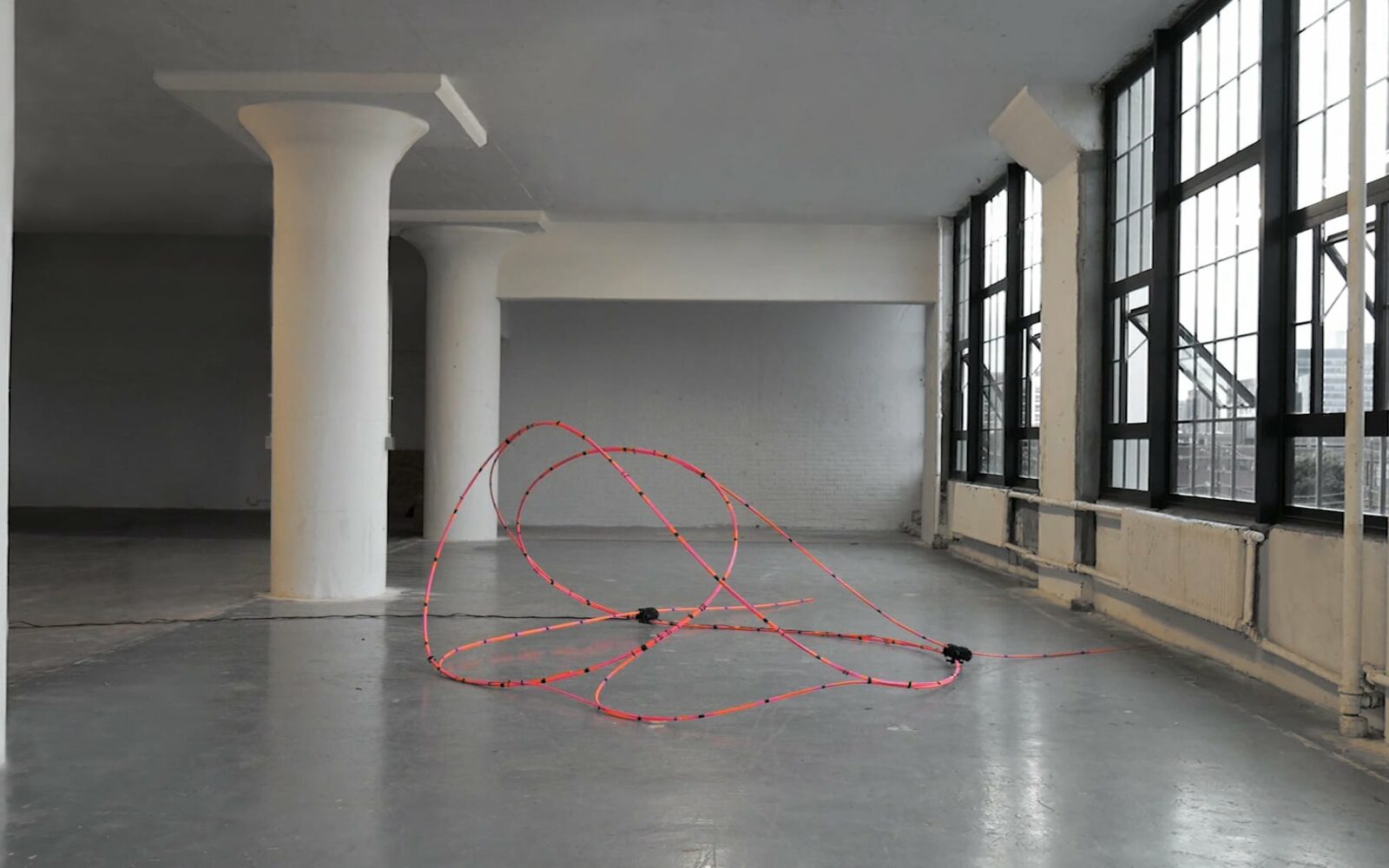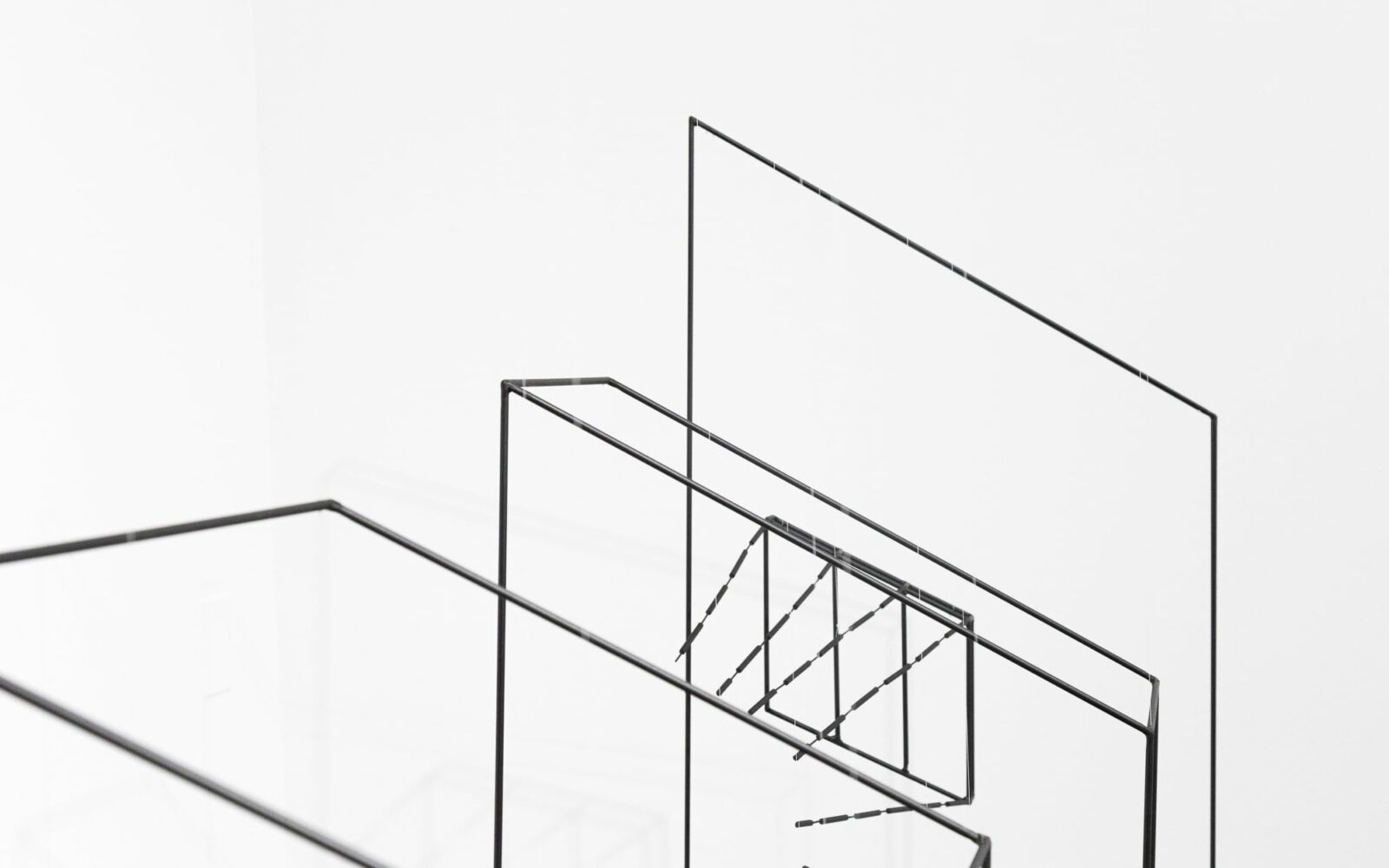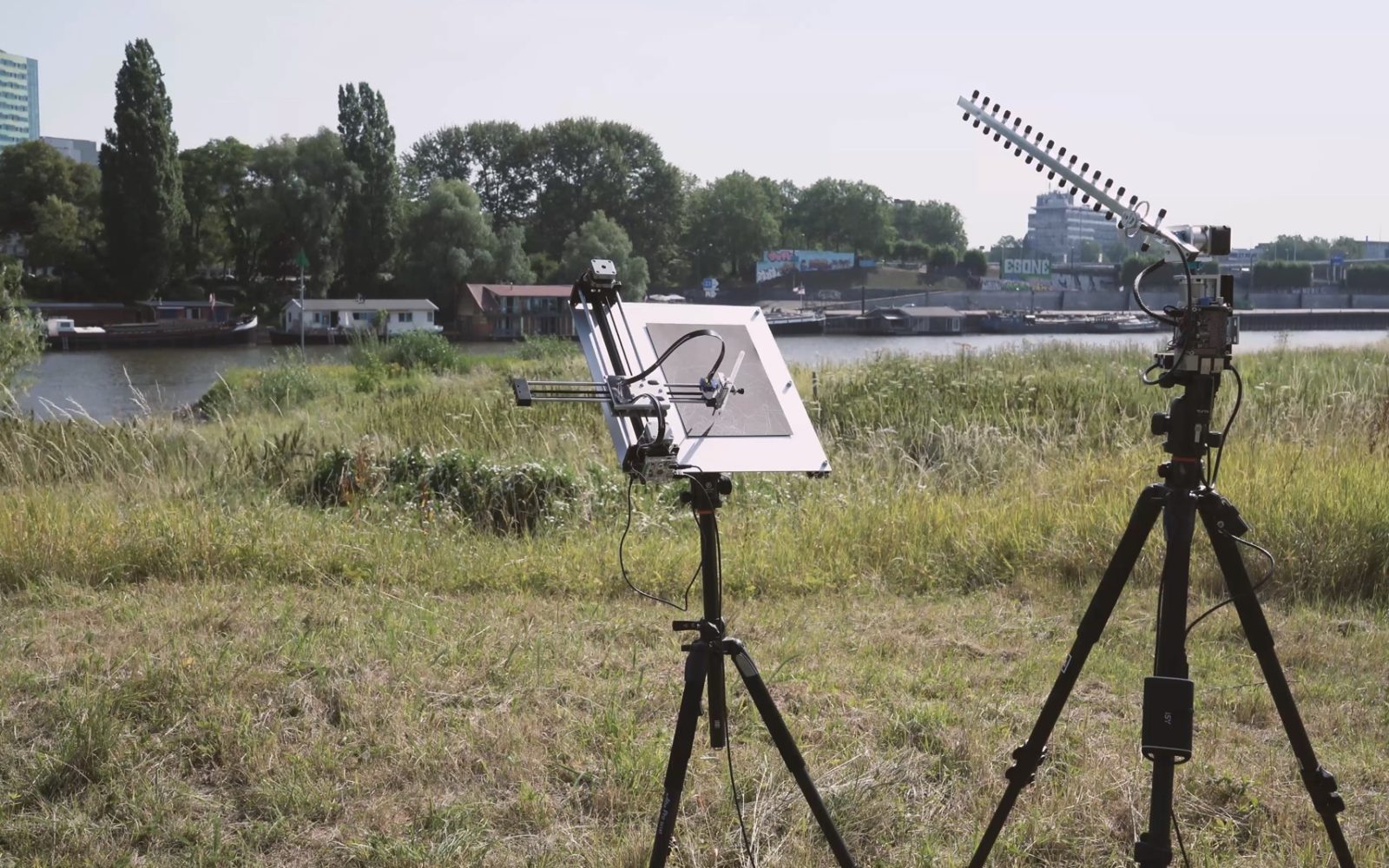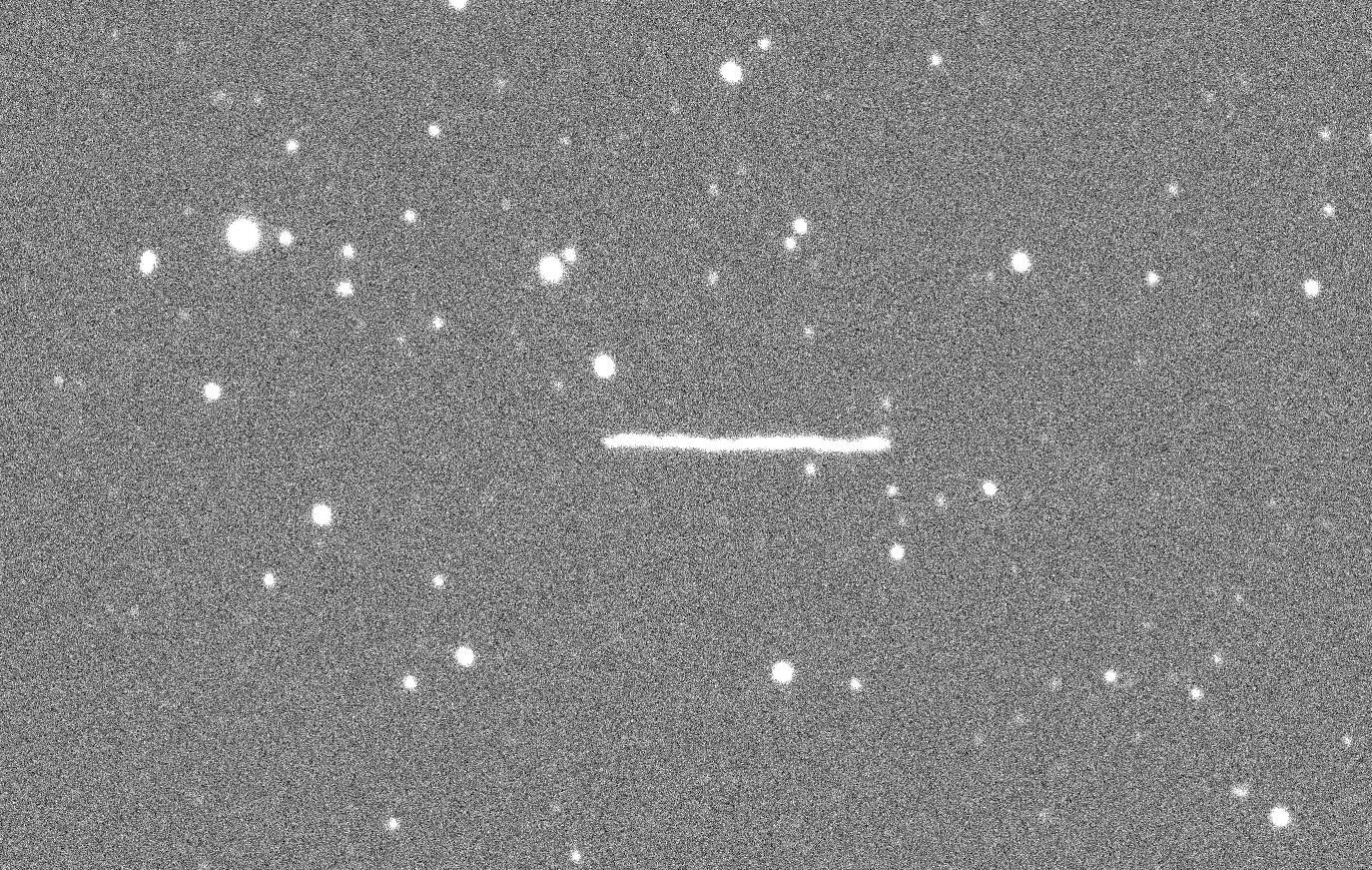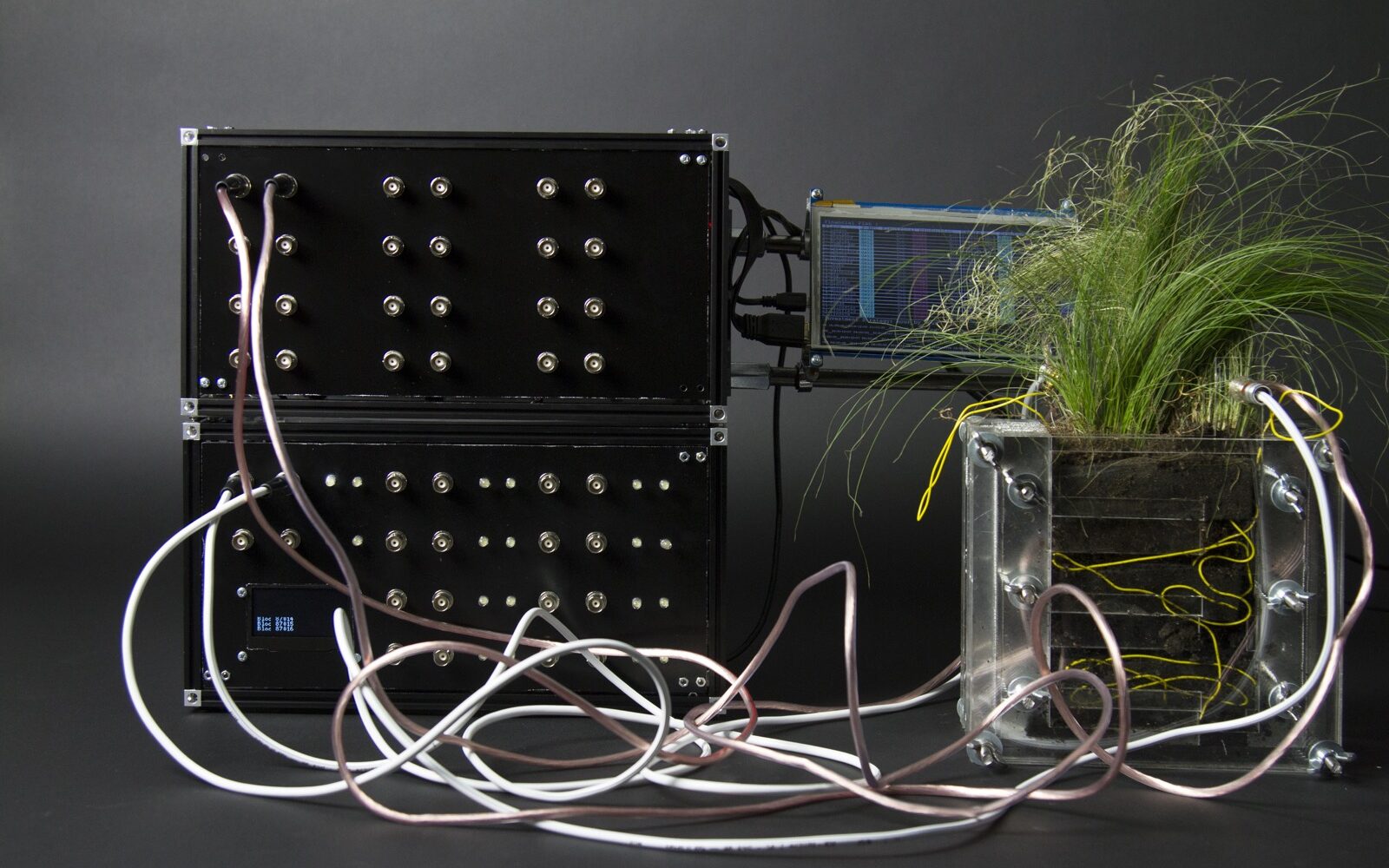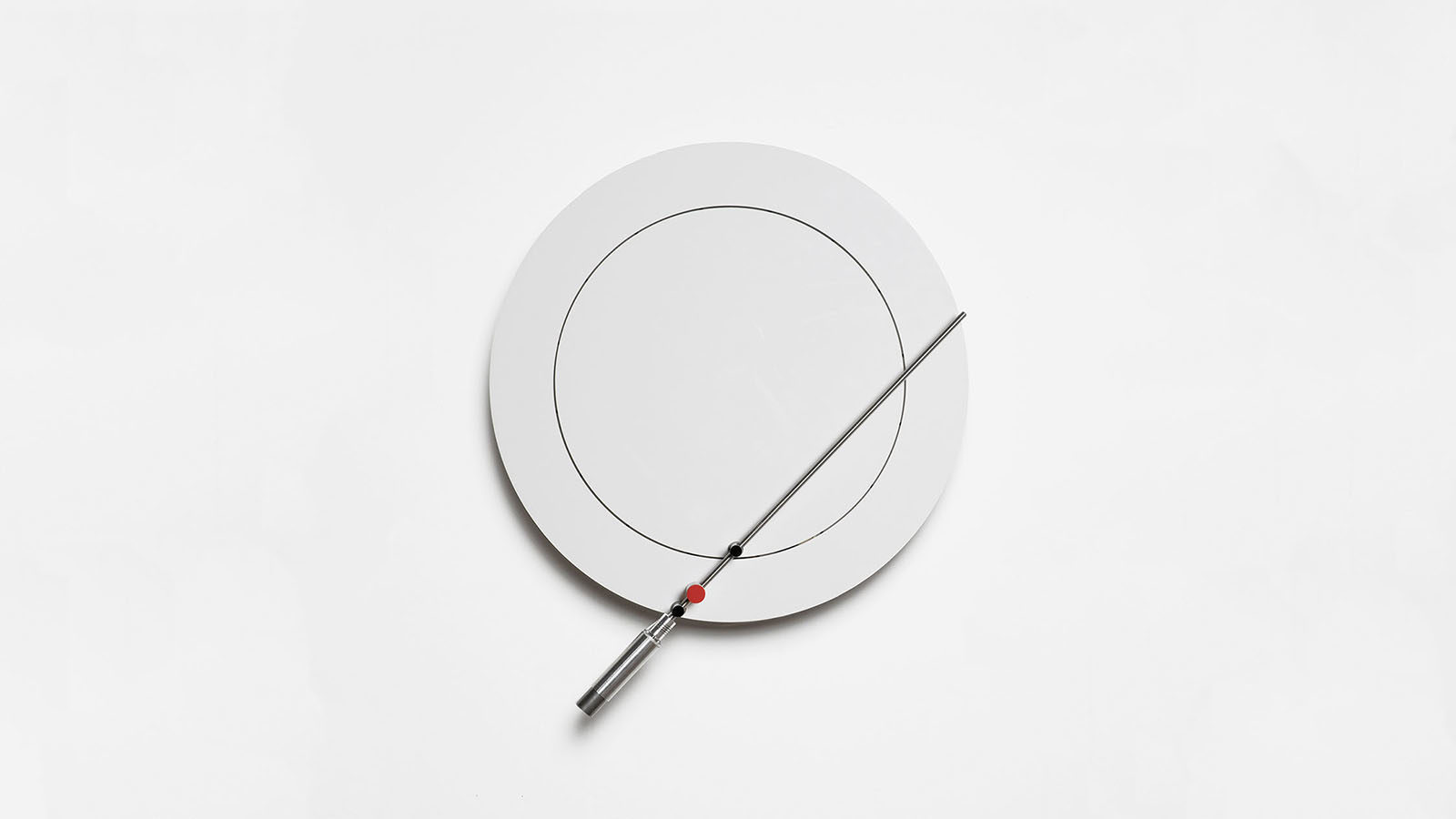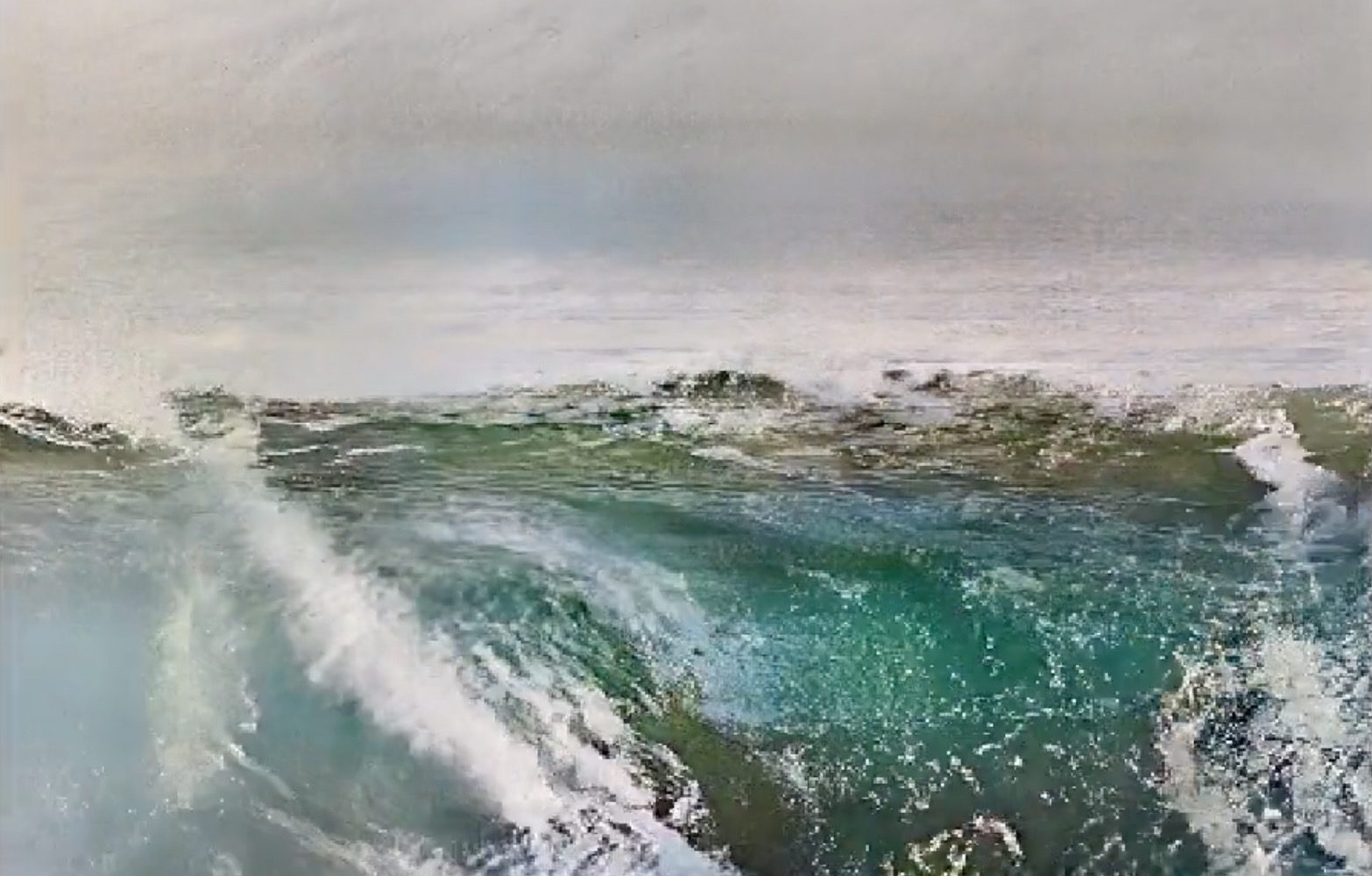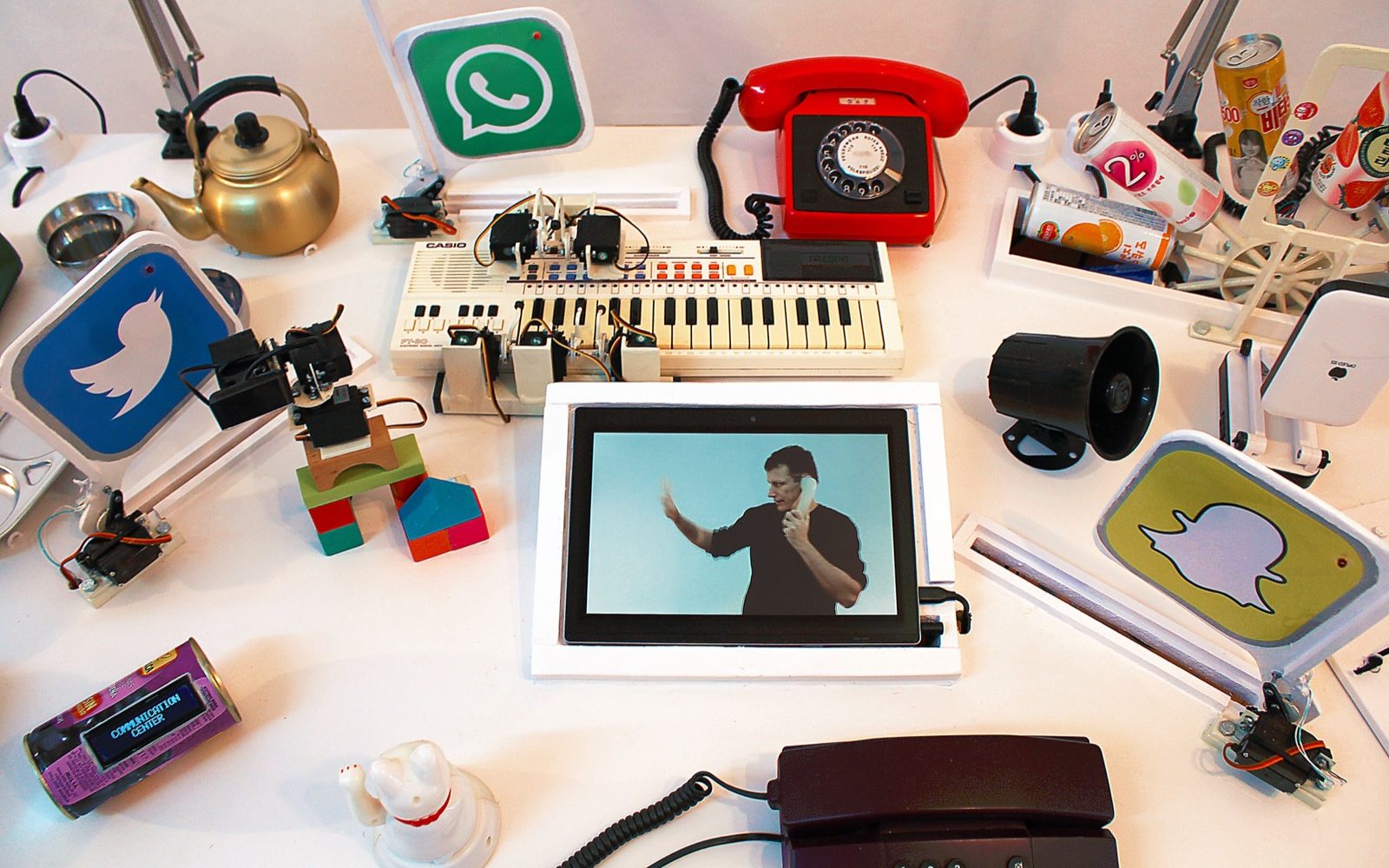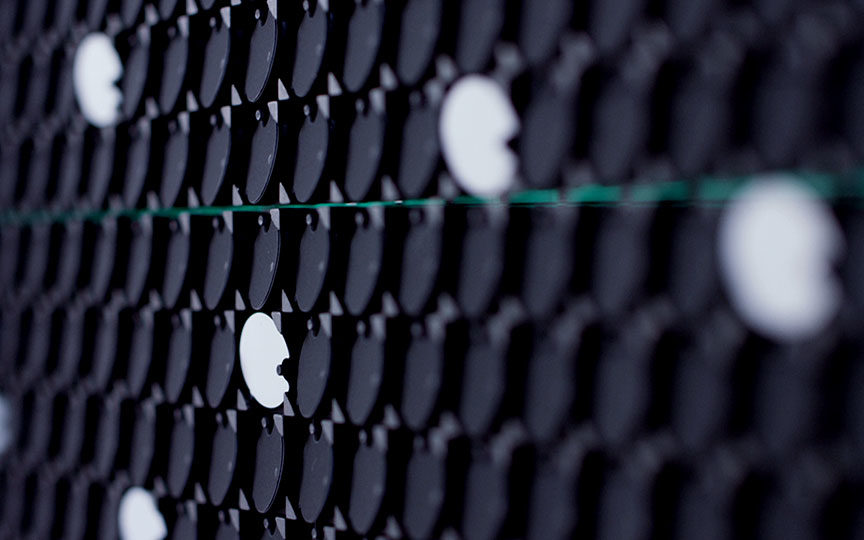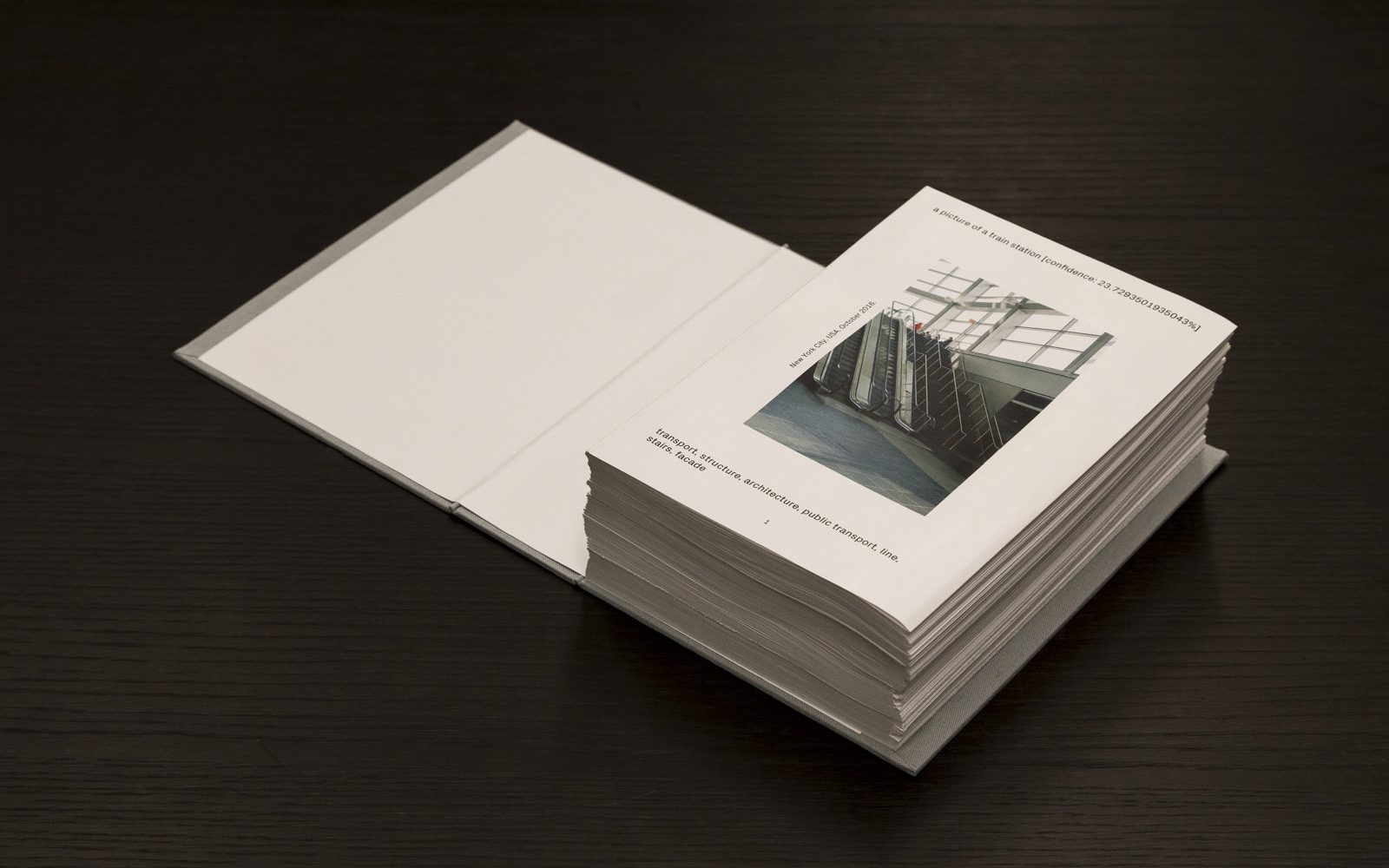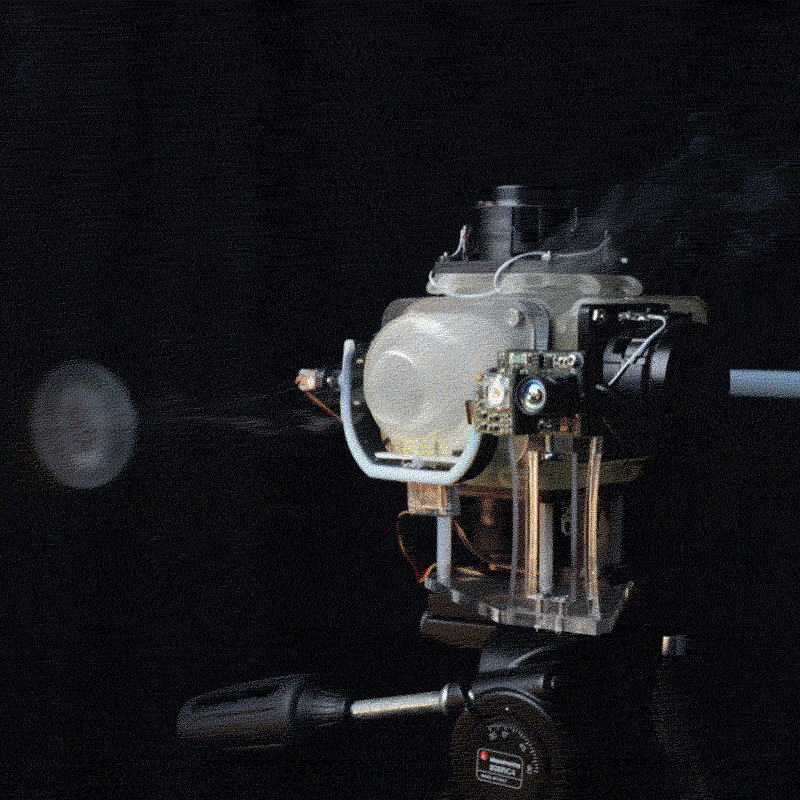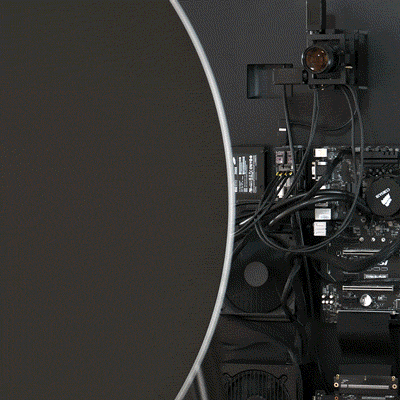/?s=net
Displaying search results
2971 Results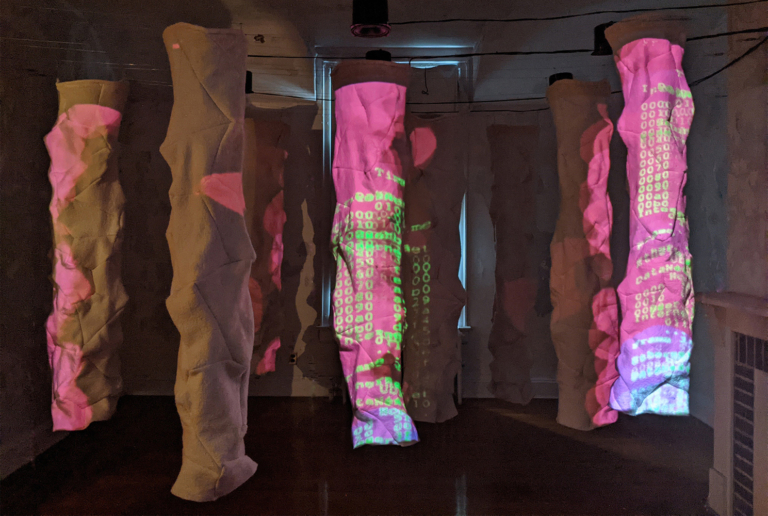
Luciferins—inspired by bioluminescent fish and the plethora of invisible network traffic that surrounds us—is an interactive environment of hanging fiber structures, filling a 15 x 15 foot space.
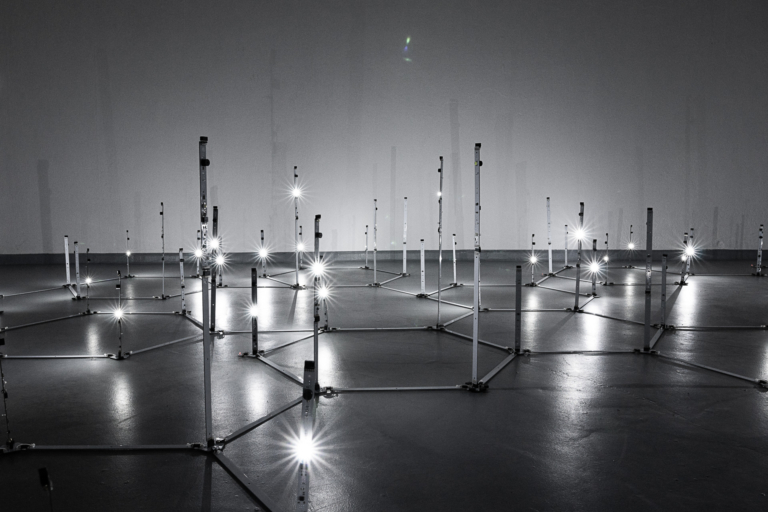
‘Floating Codes’ is a site-specific light and sound installation that explores the inner workings and hidden aesthetics of artificial neural networks – the fundamental building blocks of machine learning systems or artificial intelligence. The exhibition space itself becomes a neural network that processes information, its constantly alternating environment (light conditions/day-night cycle) including the presence of the visitors.
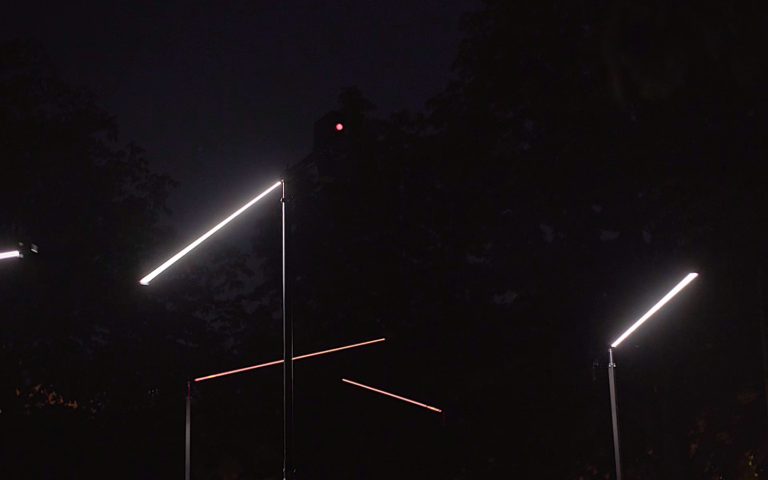
‘Far Away’ looks like a space exploration scene, materialized by 12 Sentinels in rotation, scanning the ground for a sign, a movement, a resource. These Sentinels, half scanners, half gyroscopes, activate under our eyes, in a cyclic ballet, minimal and mesmerizing
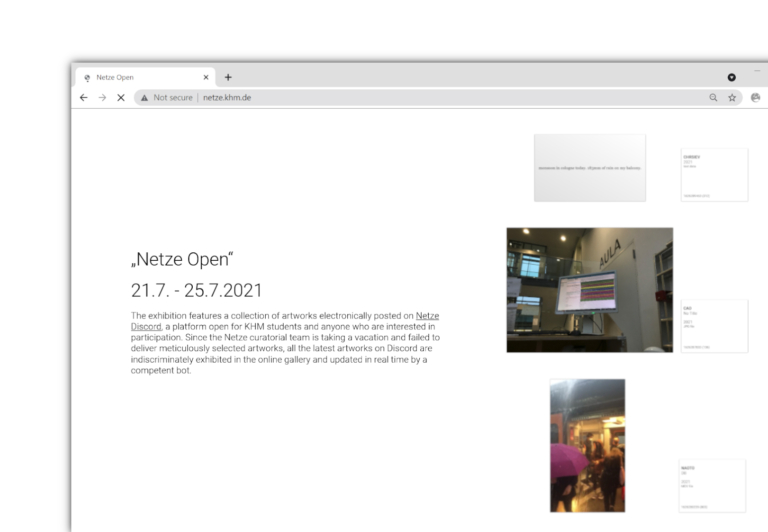
The Academy of Media Arts Cologne (KHM) hosts an annual diploma exhibition KHM Open from 21st to 25th July 2021 in various locations in Cologne as well as online. In addition to diploma works, there are interventions in hybrid forms, led by students and seminars at KHM. “Netze Open” is an online exhibition platform by…
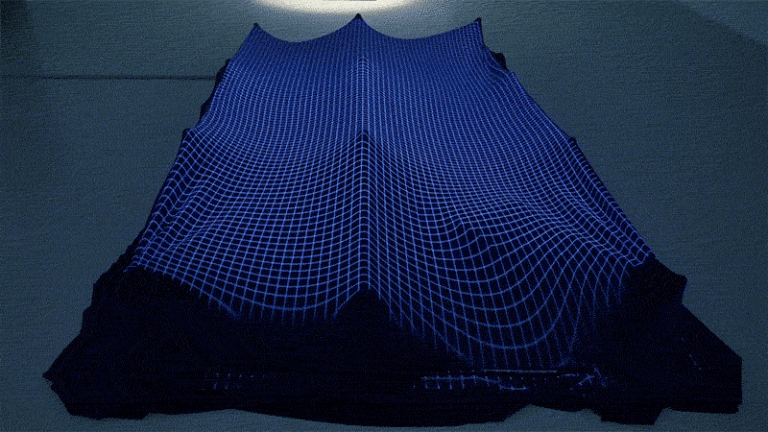
Down to Earth is an installation that uses electronics as its form of expression. No matter how loud we get to pronounce that mother earth is crying, we are going down the hill with no brakes at all. Despite all the ignorance, moreover, we neglect the case of projecting a future with the scarcity of…
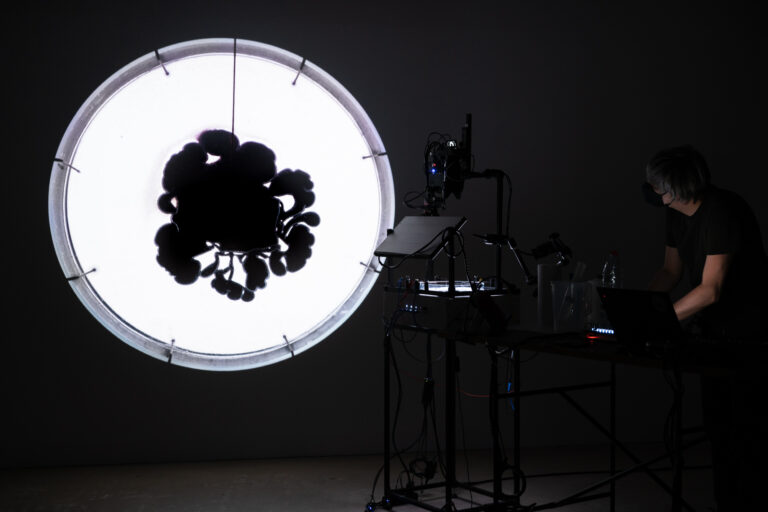
‘A Natural History of Networks / SoftMachine’ is an electrochemical algorithmic performance that probes an alternative computational and technological material regime.
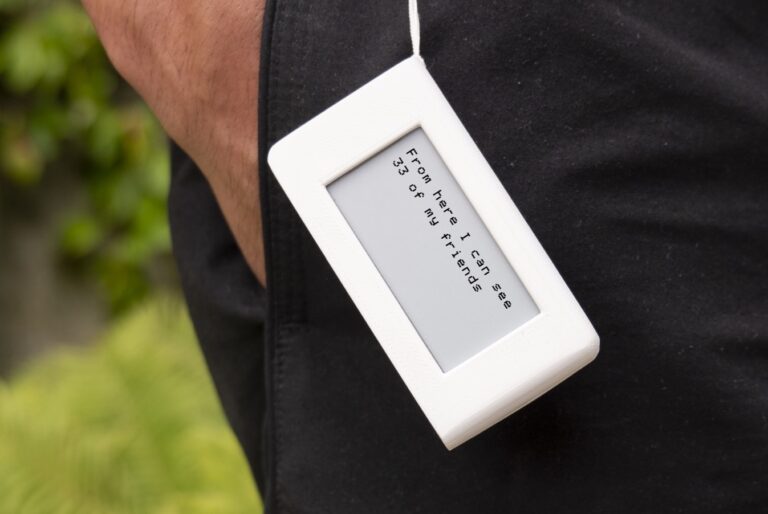
‘Invisible Network’ is a portable device that makes communication between machines perceptible and tangible. This device acts as a mediator between the user and the machines that surround him. Through its screen, it indicates the relations that it maintains with its personal environment.

Created by Khulood Alawadi, Yi-fan Hsieh, Bahareh Saboktakin and Qifan Zhao at the RCA (Design Engineering, Future Interaction, 2019), ‘Fallback’ is an alternative platform for providing access to real-time news during times of Internet shutdown.
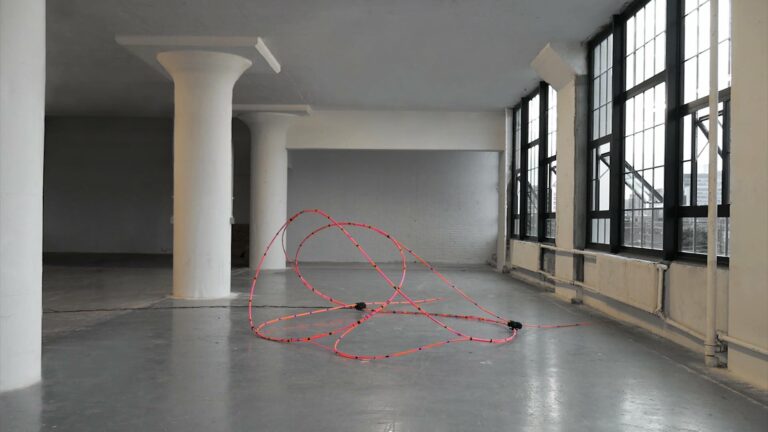
Created by Mathias Maierhofer and Valentina Soana at the ICD, ‘Self-Choreographing Network’ is a project aiming to challenge the prevalent separation between (digital) design and (physical) operation processes of adaptive and interactive architectural systems.
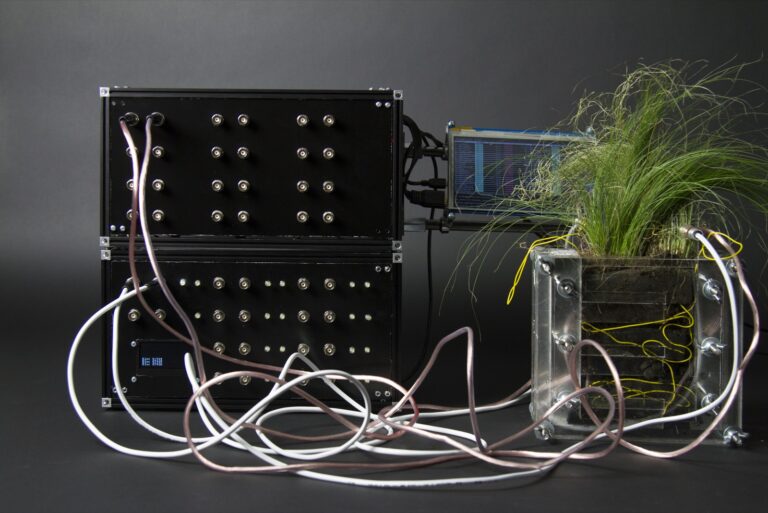
Created by Michael Sedbon, Alt-C is an installation that uses electricity produced by plants to power a single board computer mining a cryptocurrency. The project questions our relationship to ecosystems in regards to networked technologies and abstraction problematics.
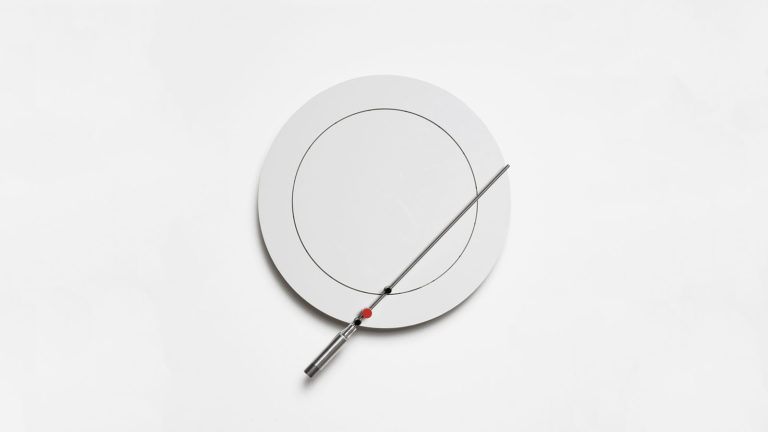
Created by André Andrade at ECAL (Media and Interaction Design Unit), 300000 km/s is a data visualisation project to highlight the consequential delay in communication in the probable future (interplanatory) expansion of the territory of Man.
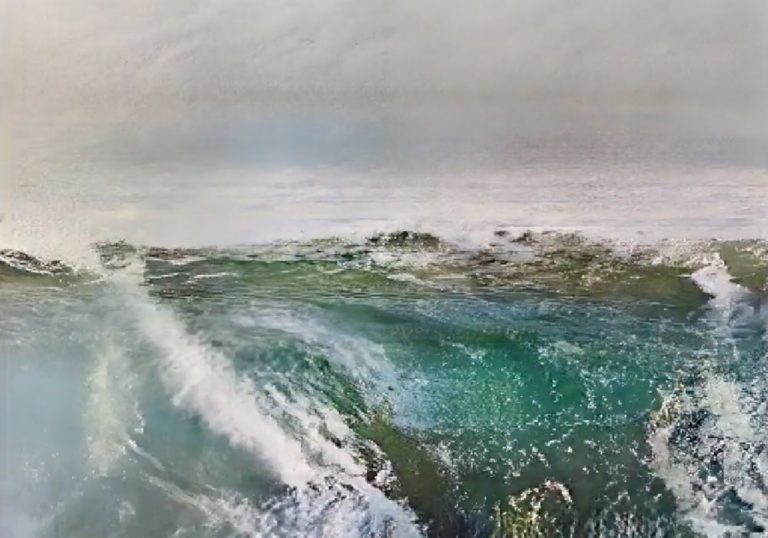
Latest in the series of experiments and explorations into neural networks by Memo Akten is a pre-trained deep neural network able to make predictions on live camera input – trying to make sense of what it sees, in context of what it’s seen before.
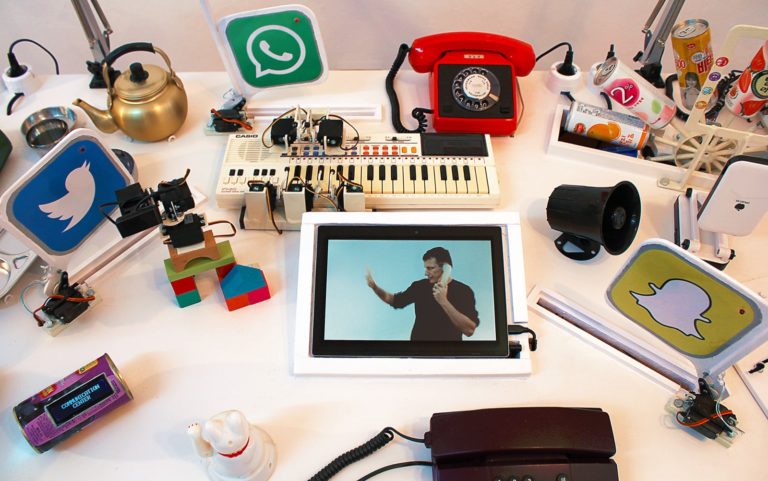
Created by Ralph Kistler, ‘Internet of Shrimps’ examines in an ironic and playful way the industries´ promises for an enhanced experience in a completely interconnected smart home, often be acclaimed as the next big technological revolution: the Internet of Things.
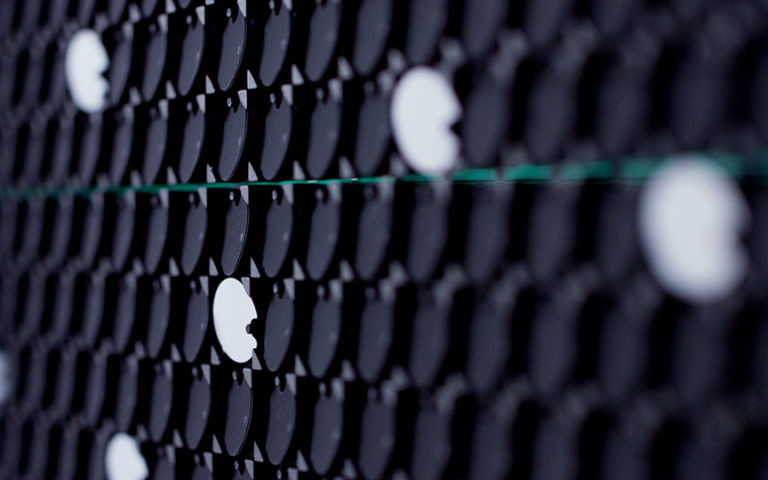
Gysin-Vanetti (Andreas Gysin & Sidi Vanetti) are an artist duo exploring images and patterns using the type geometries of multipurpose displays. What characterises the projects shown here is that their intention is to not modify the layout (or visual organisation) of the chosen hardware – they work with what the existing has to offer. Within these hard constraints they search for infinite visual permutation. Using only type and digit, Gysin-Vanetti build images, animations and generate patterns.
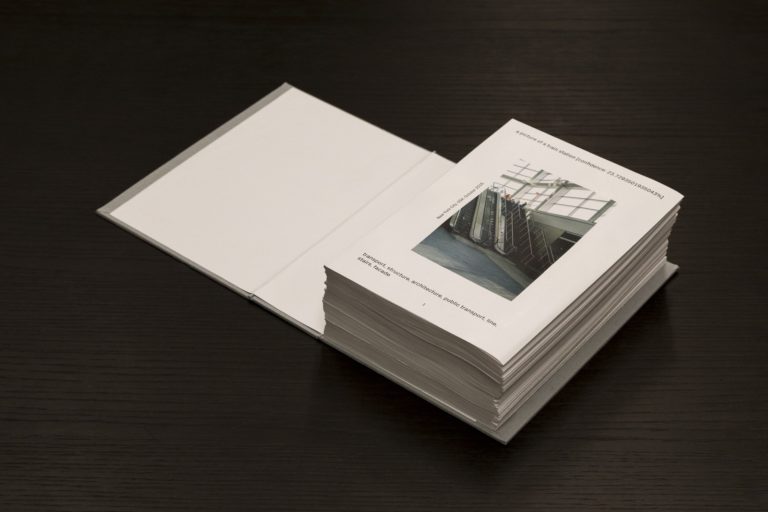
Created by Philipp Schmitt (with Margot Fabre), ‘Computed Curation’ is a photobook created by a computer. Taking the human editor out of the loop, it uses machine learning and computer vision tools to curate a series of photos from an archive of pictures.

